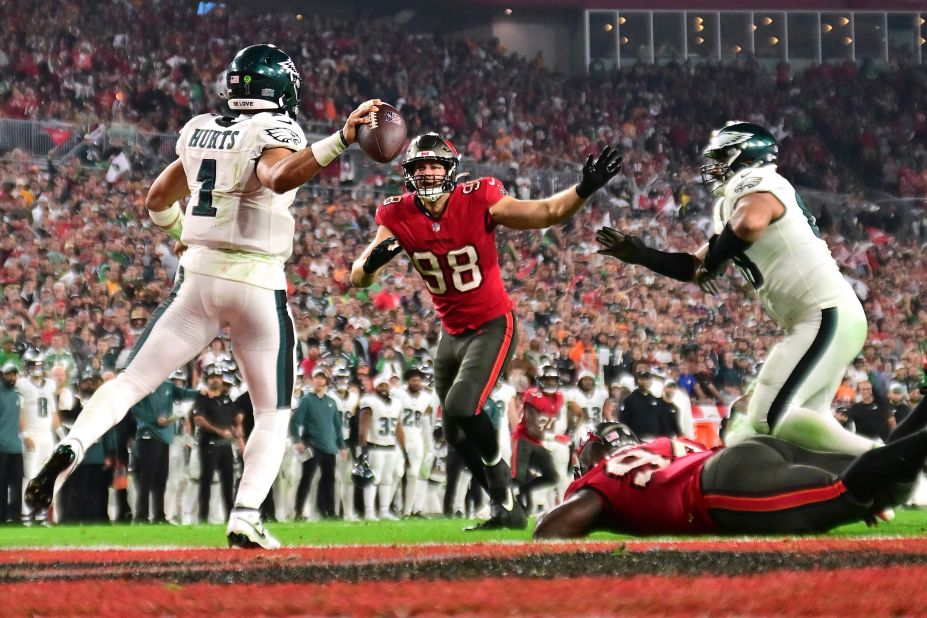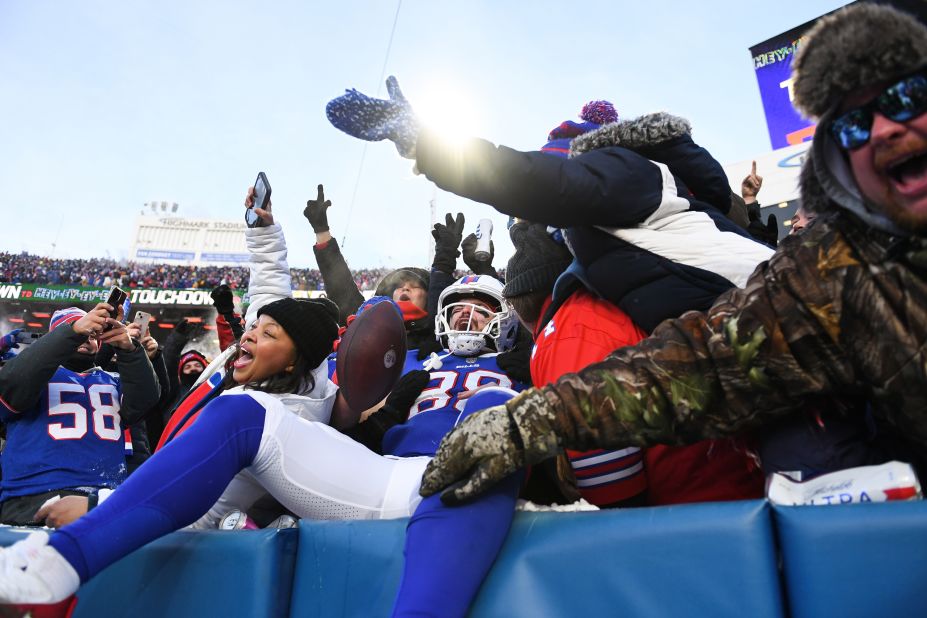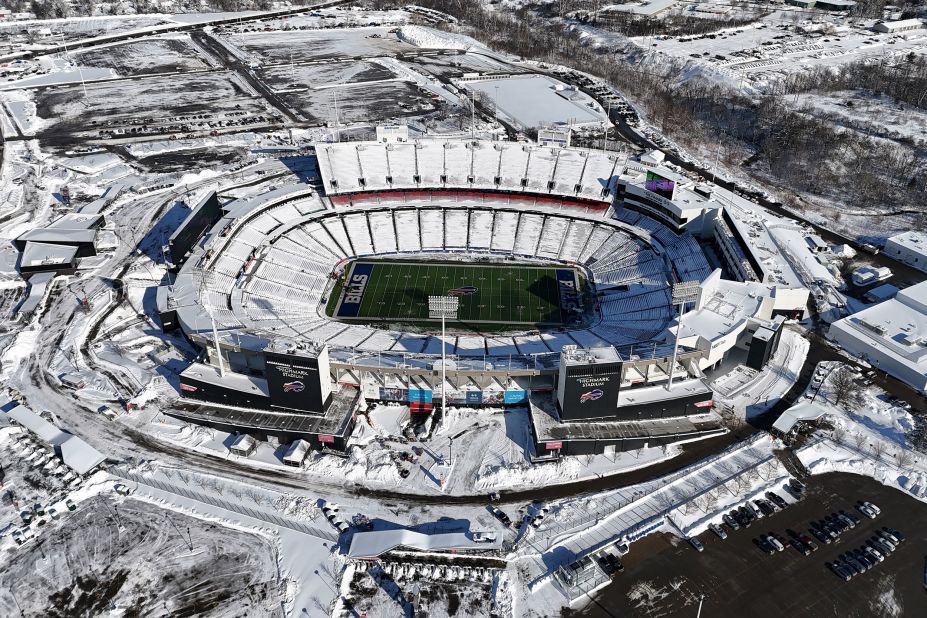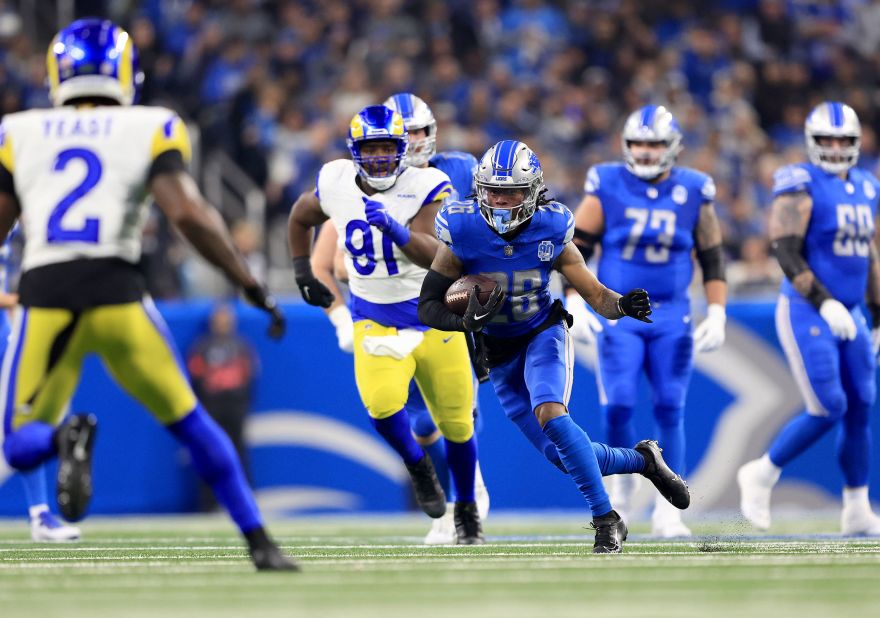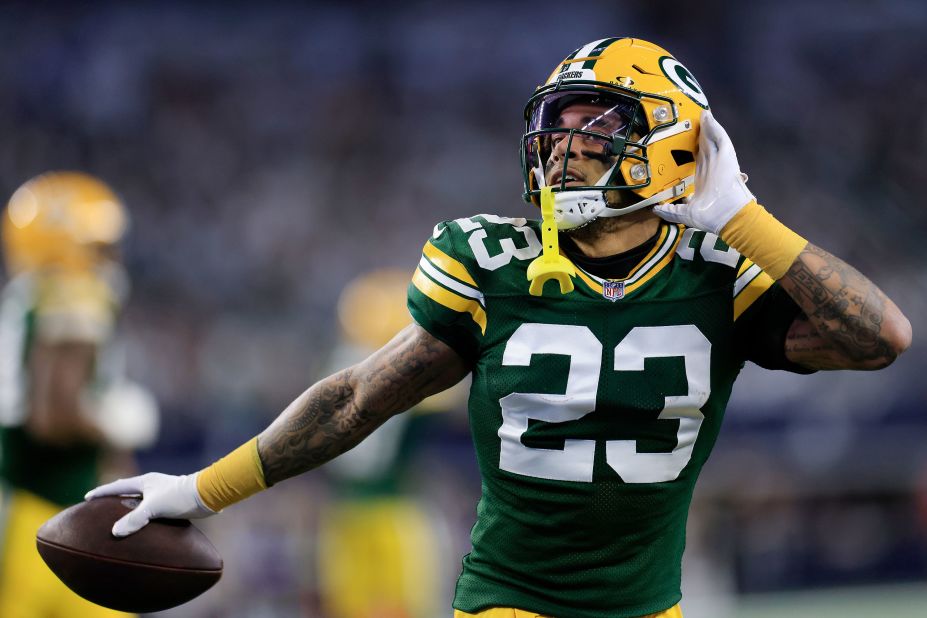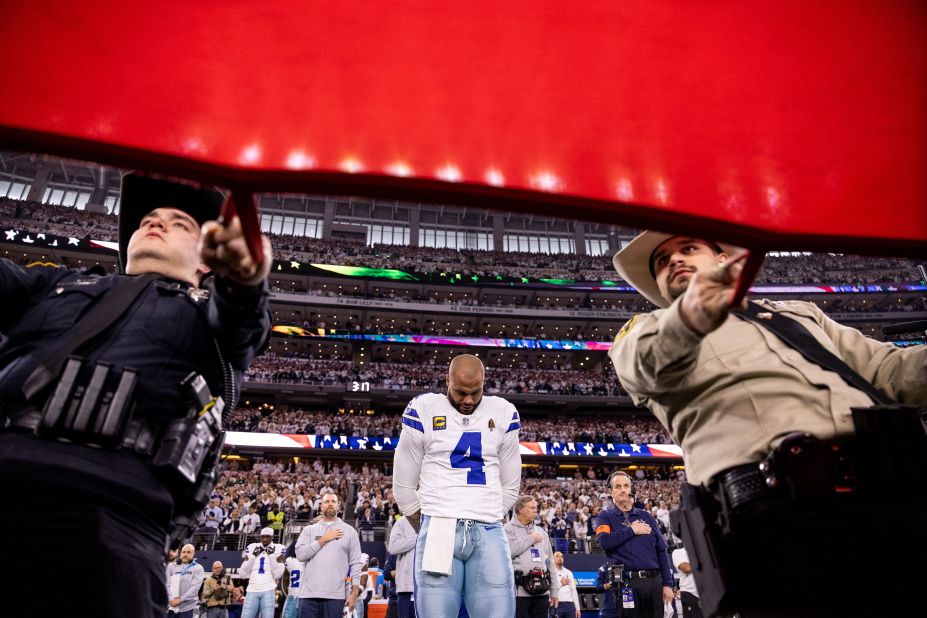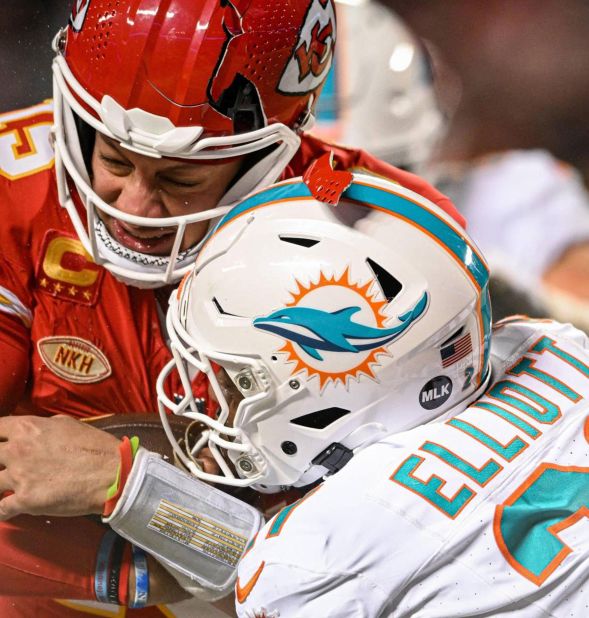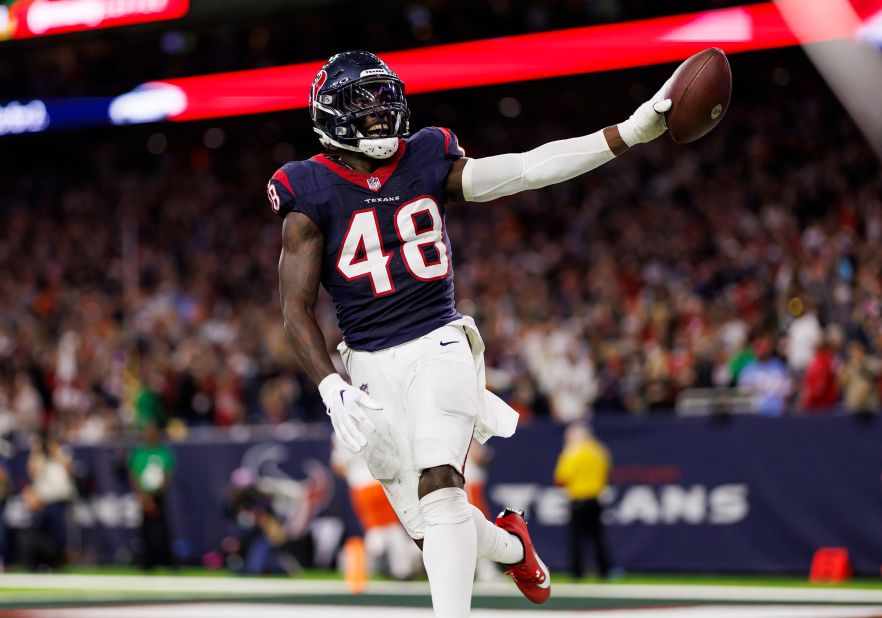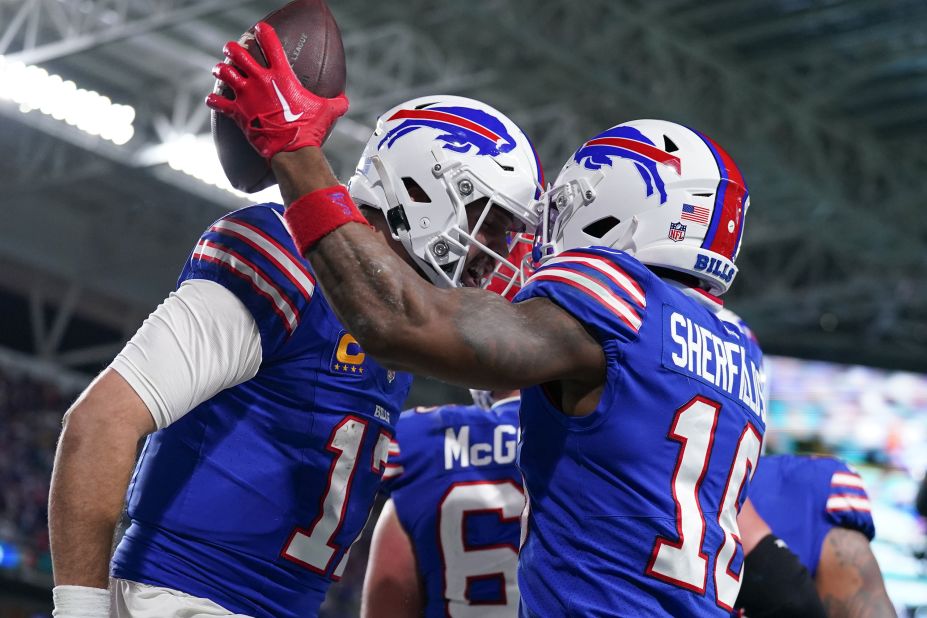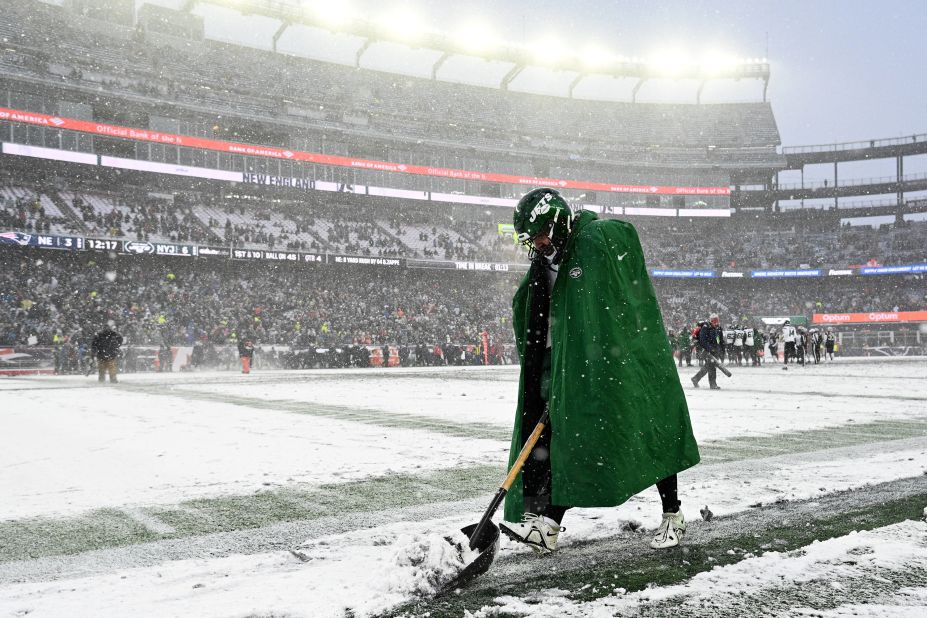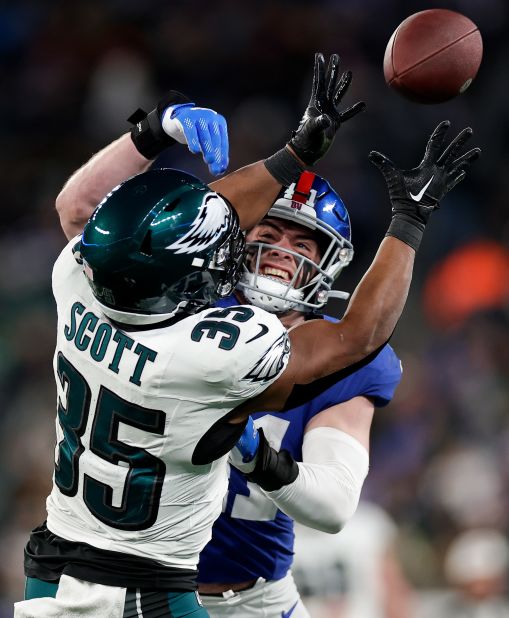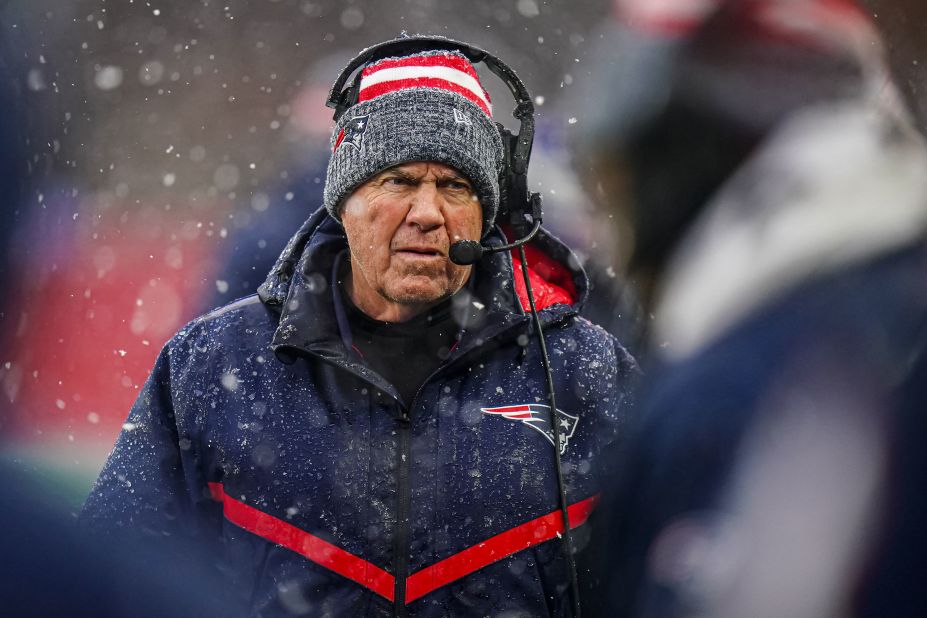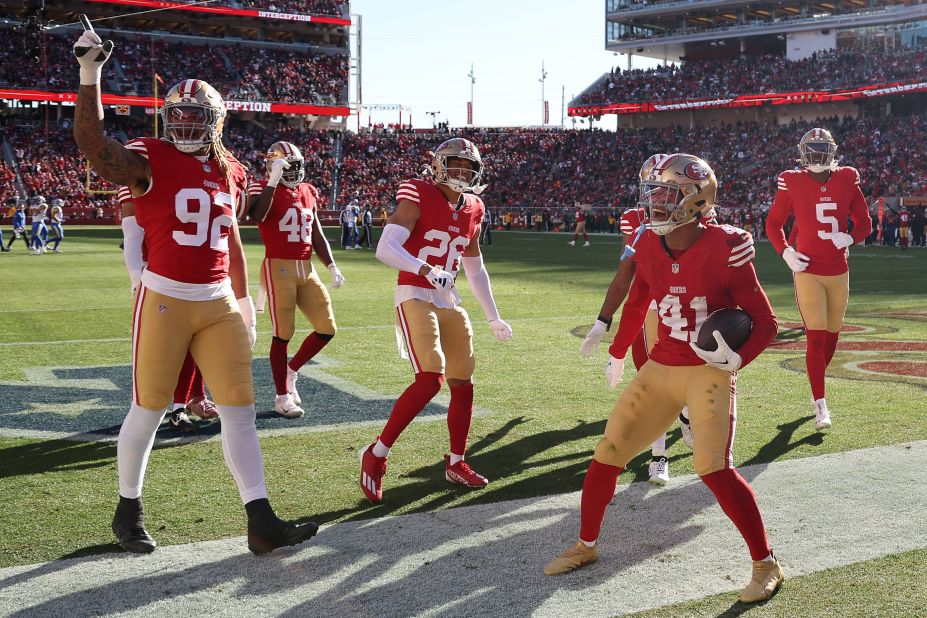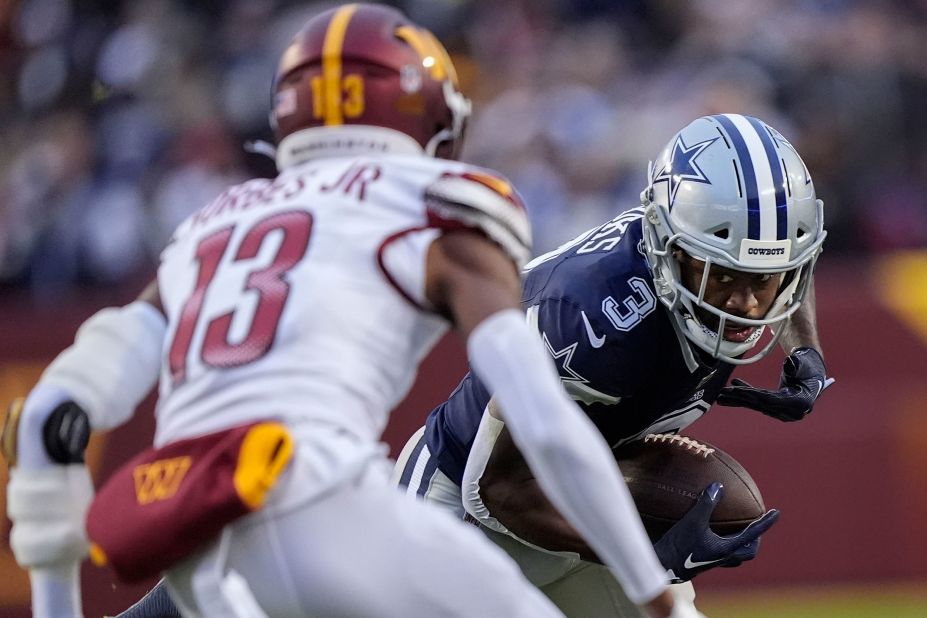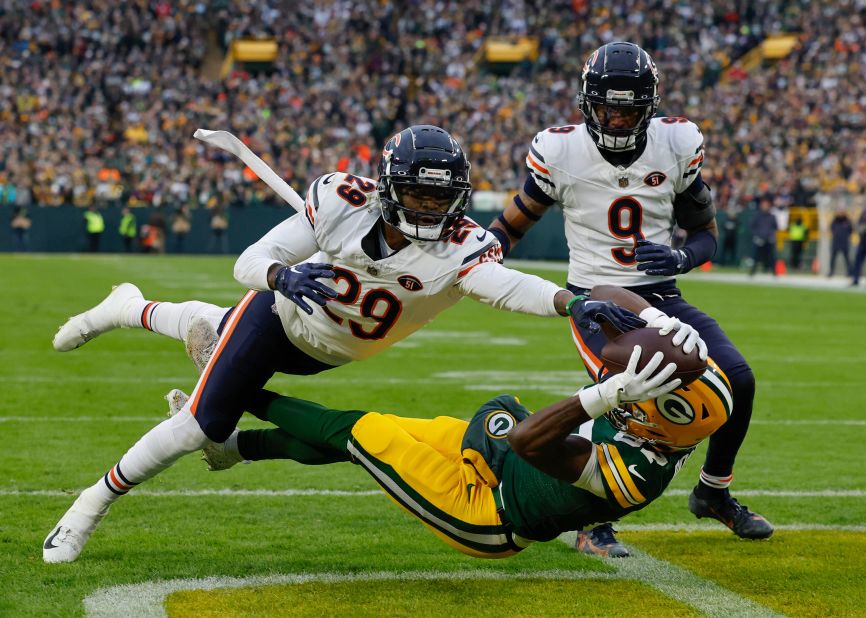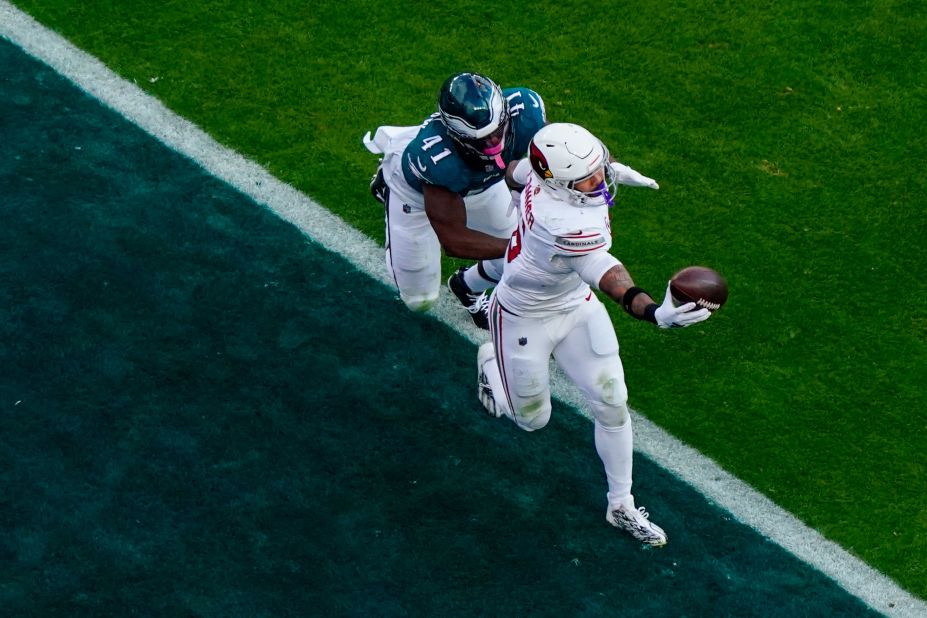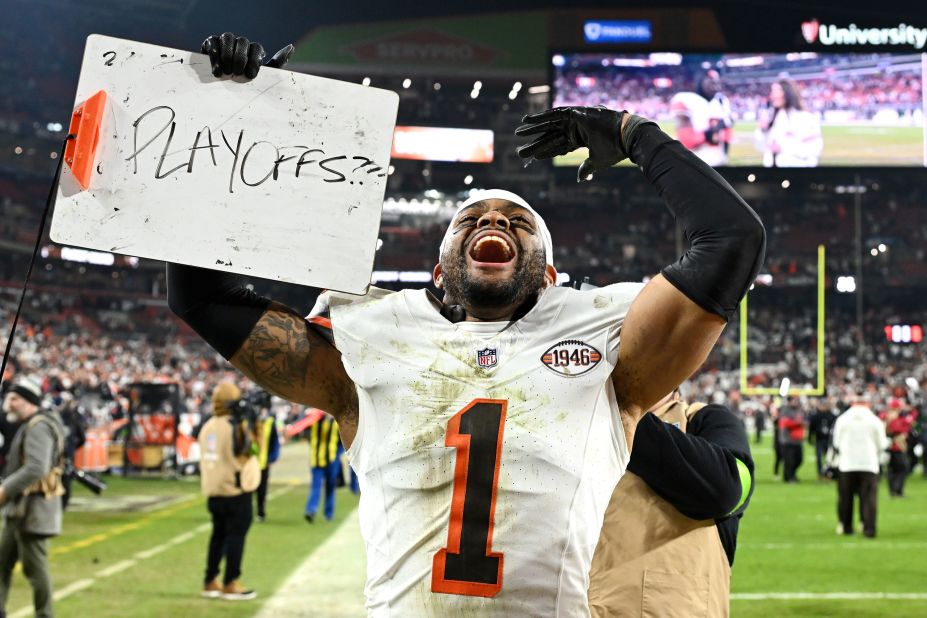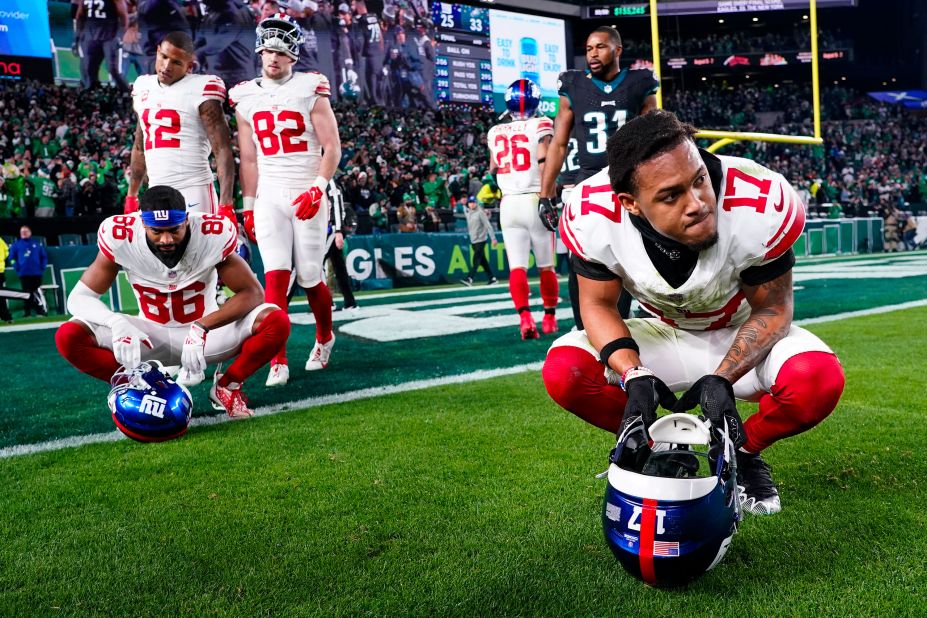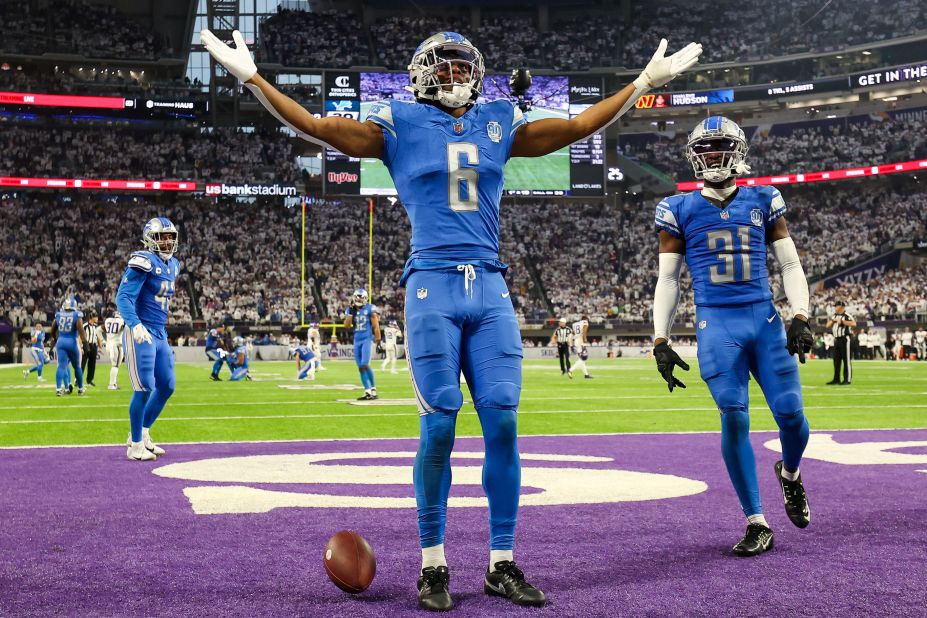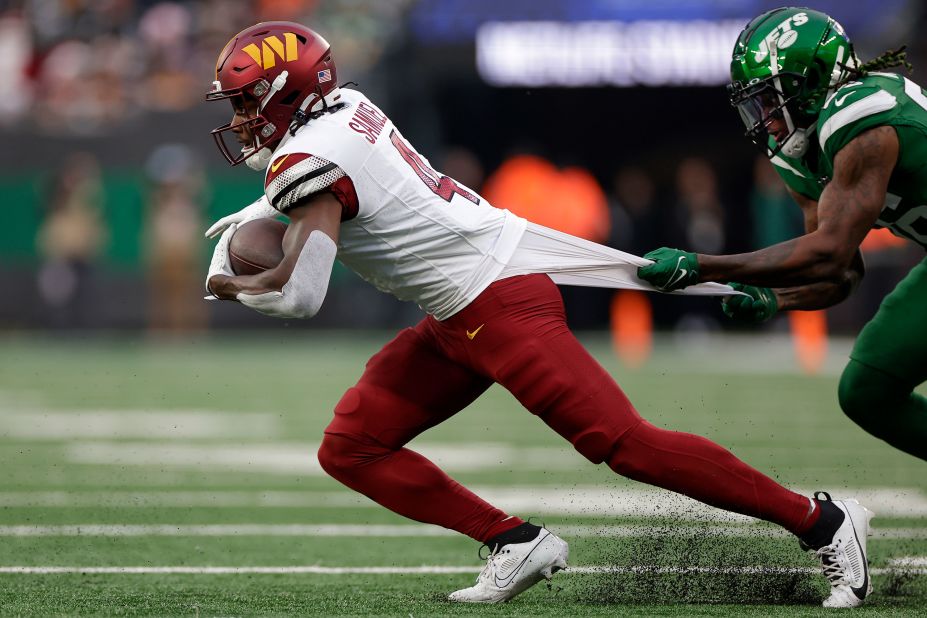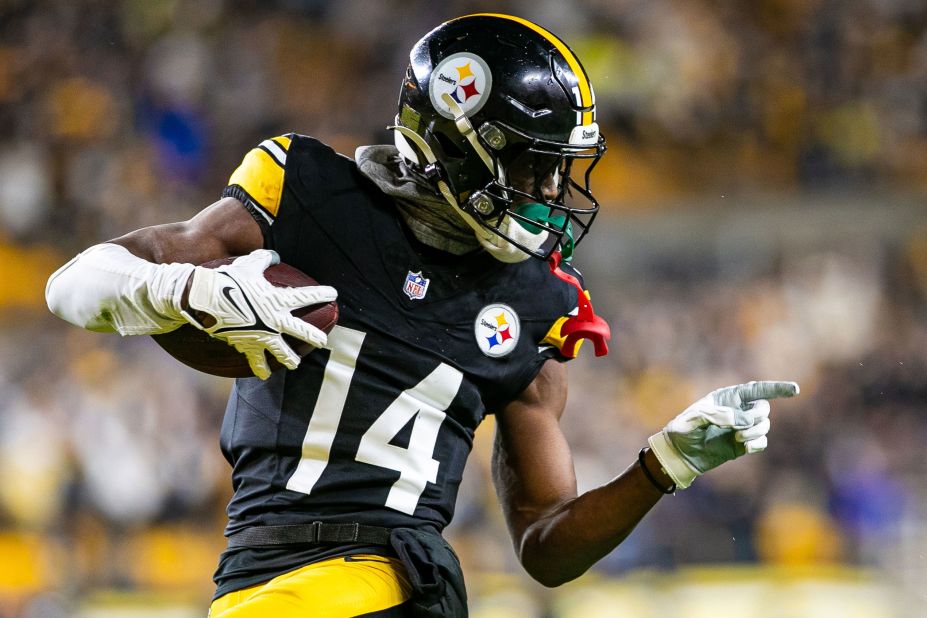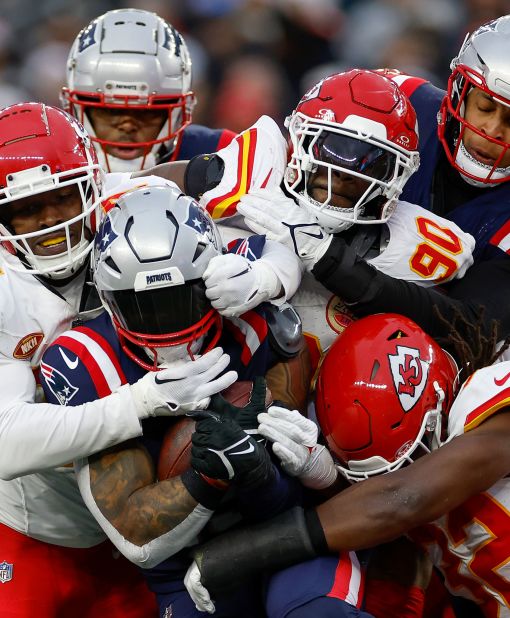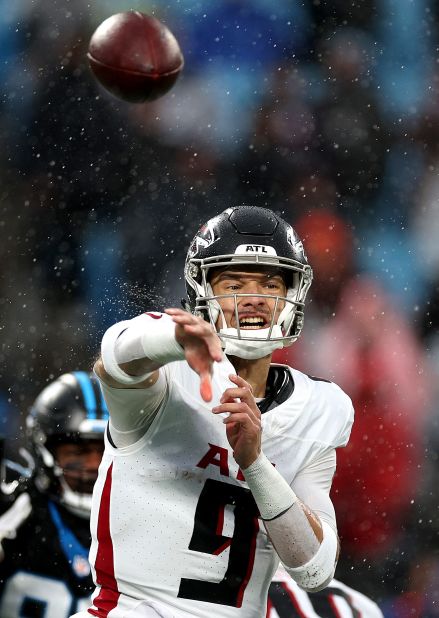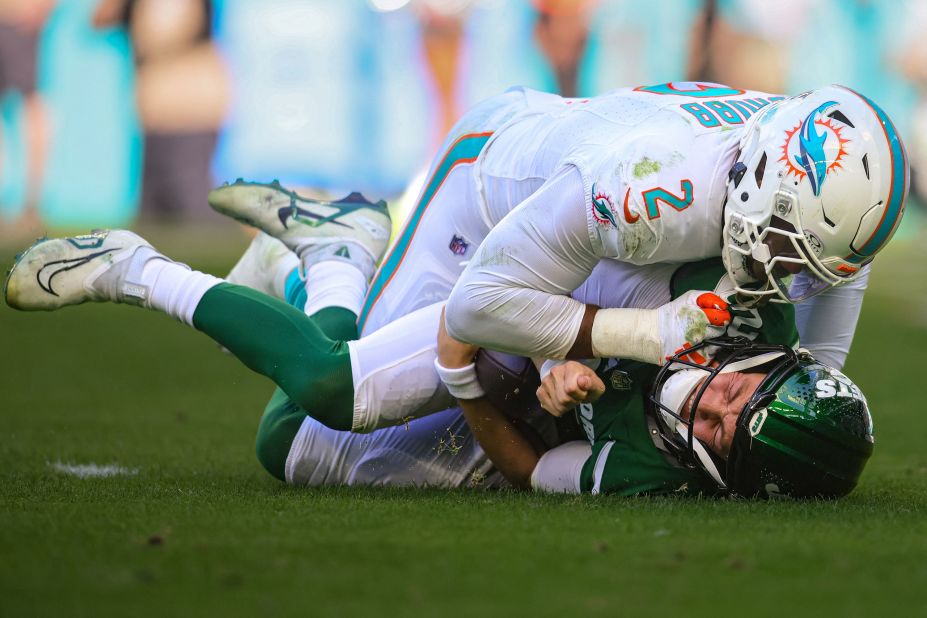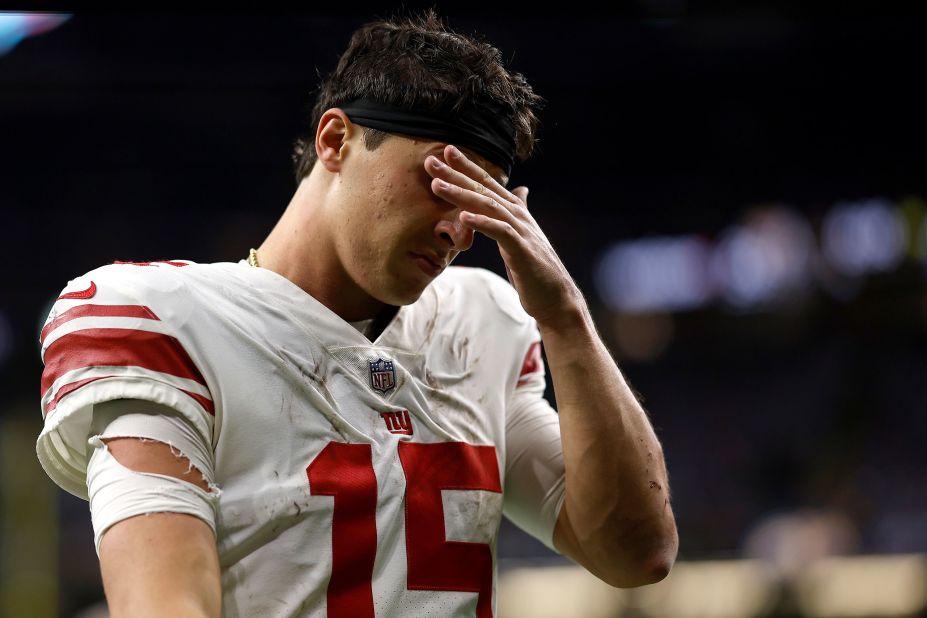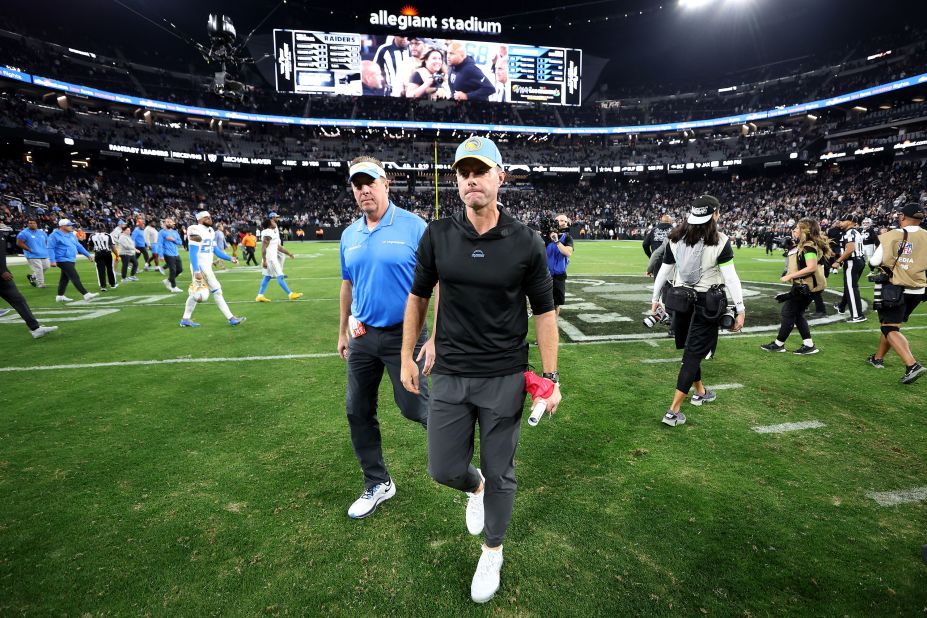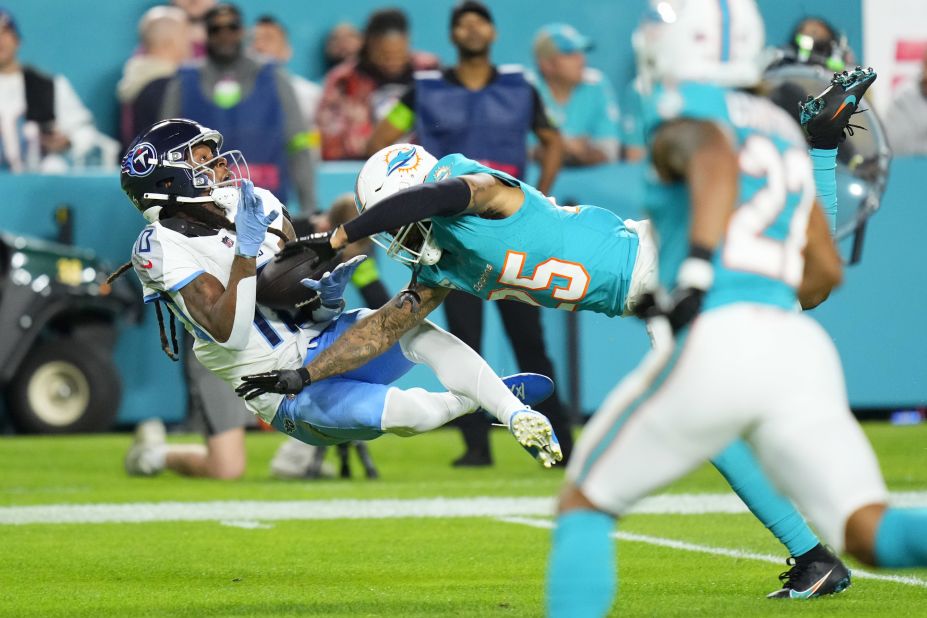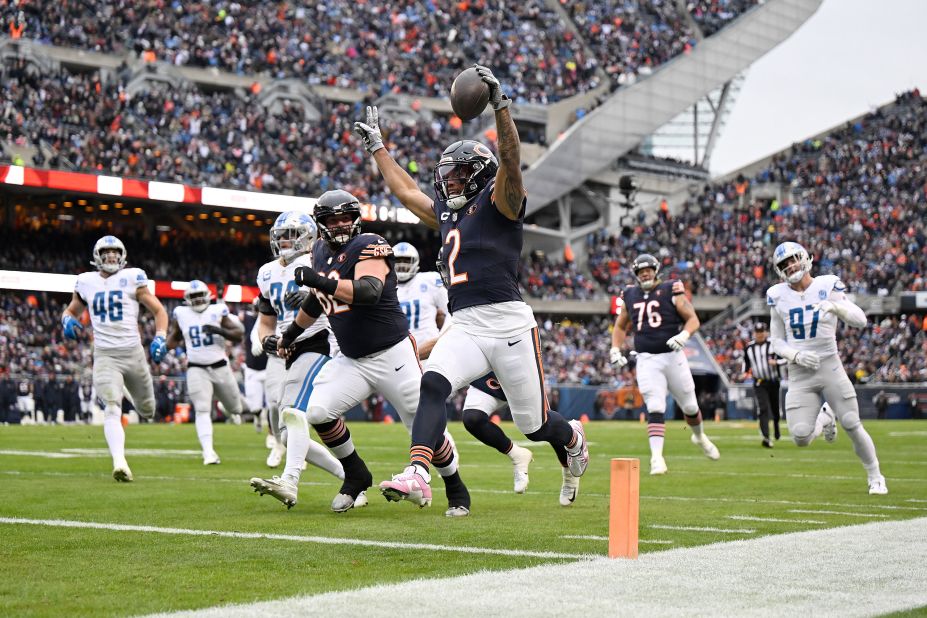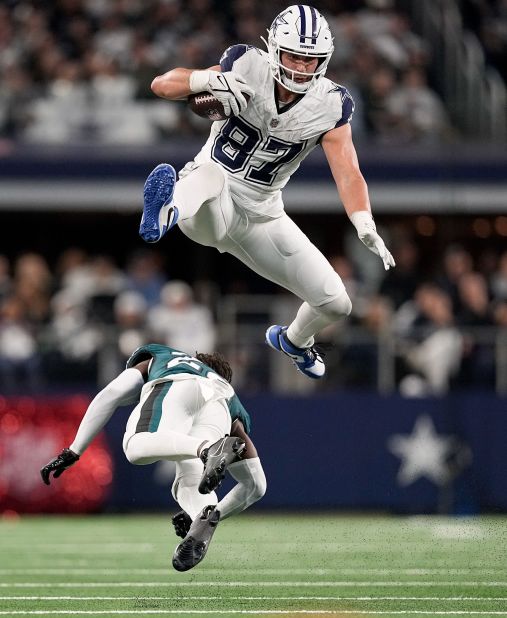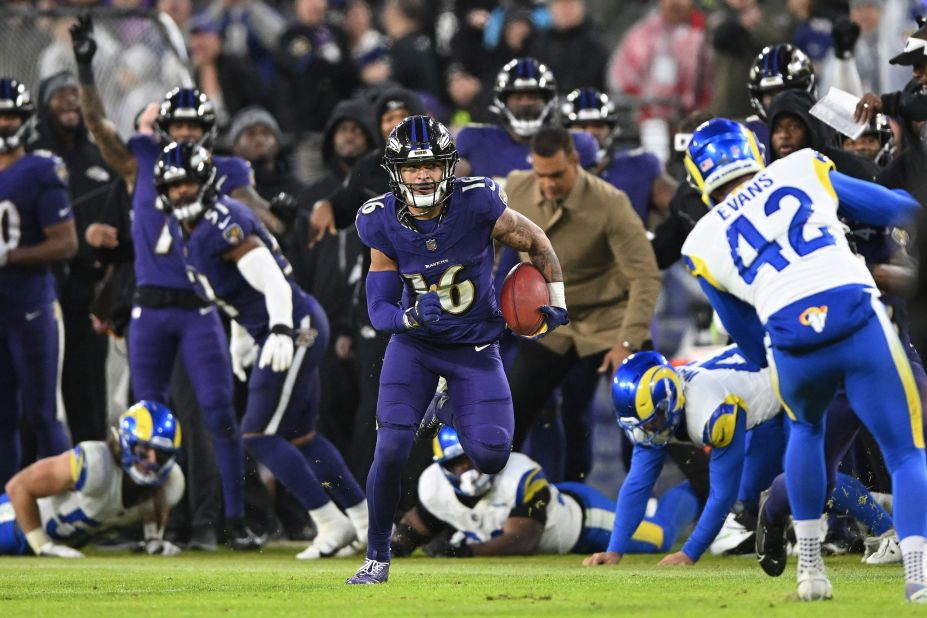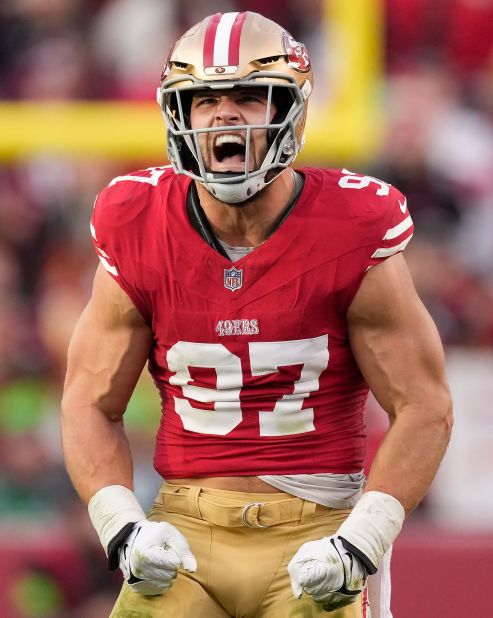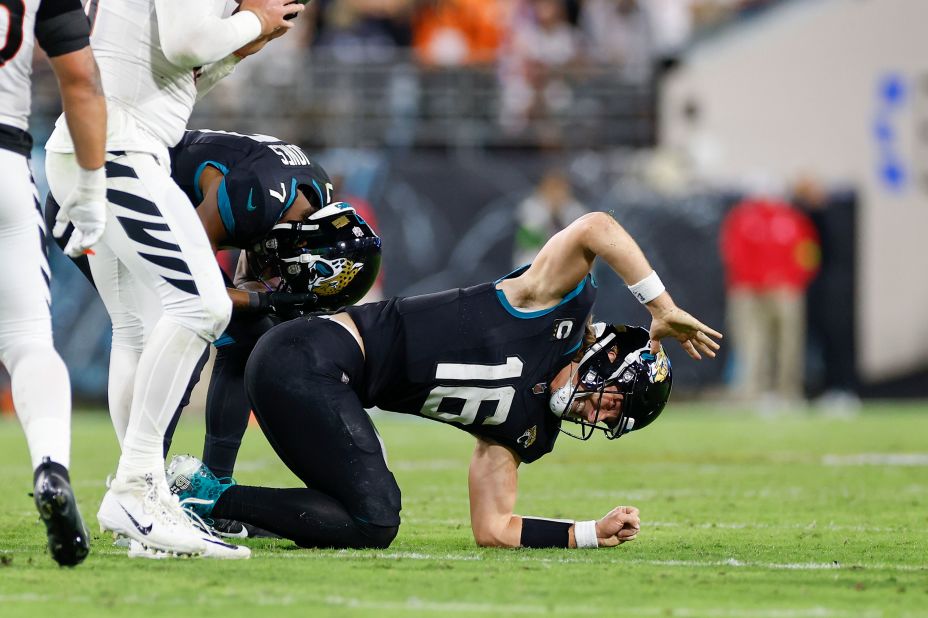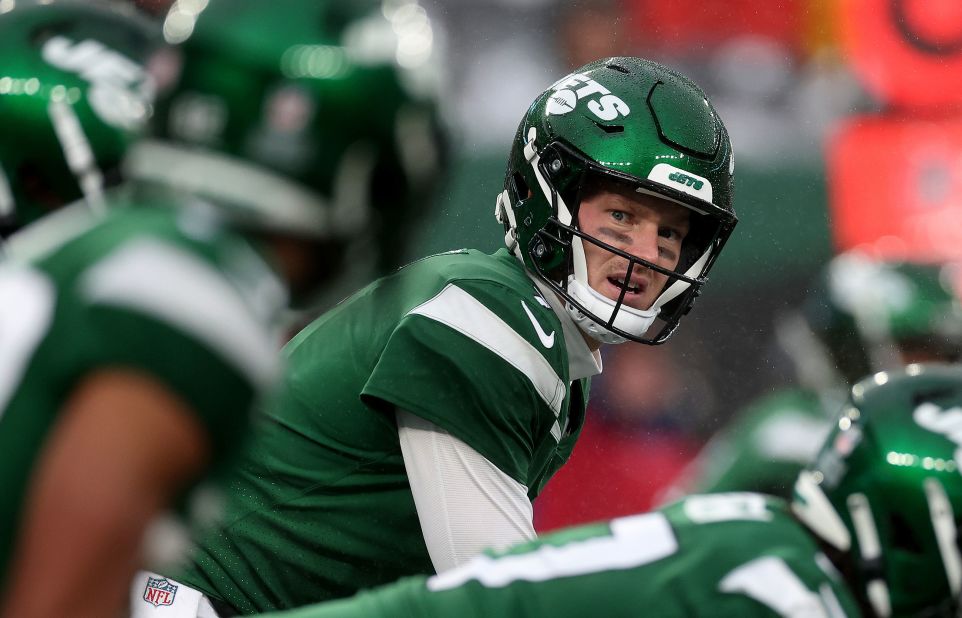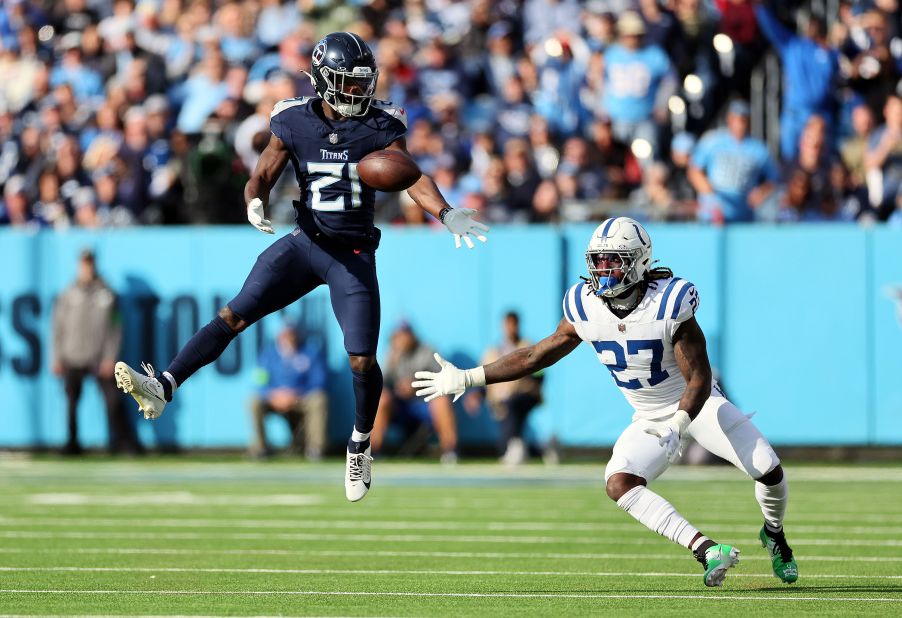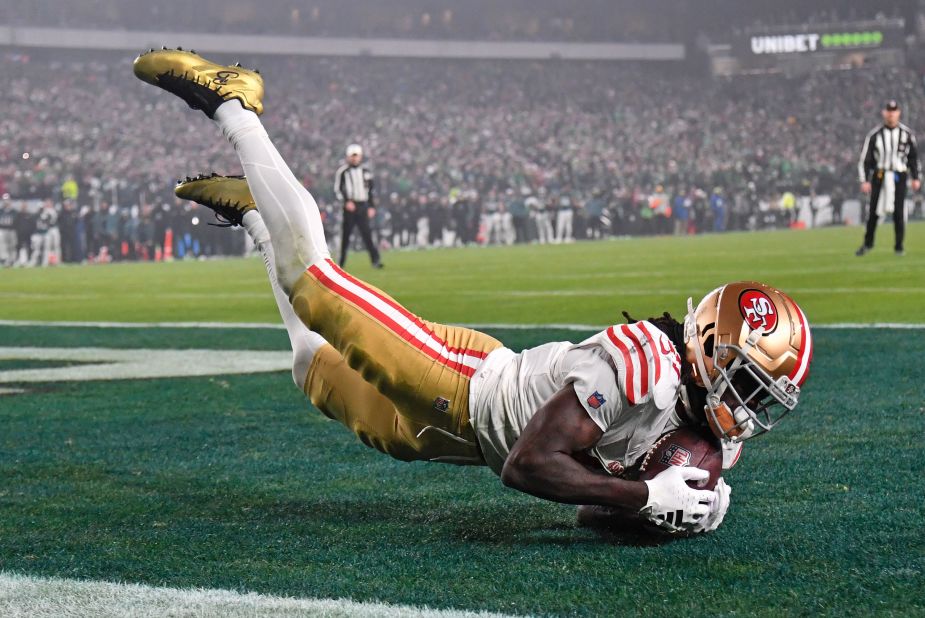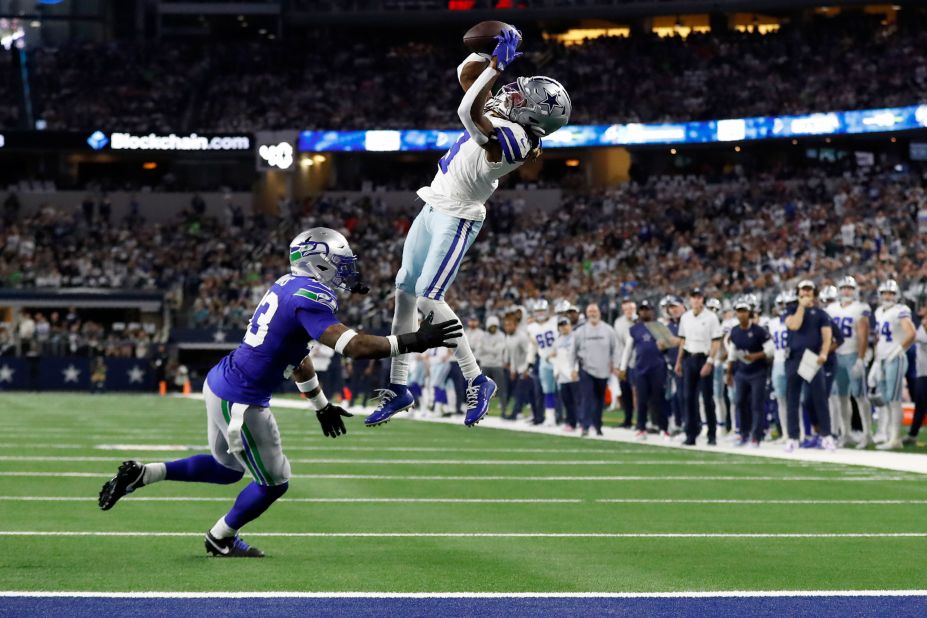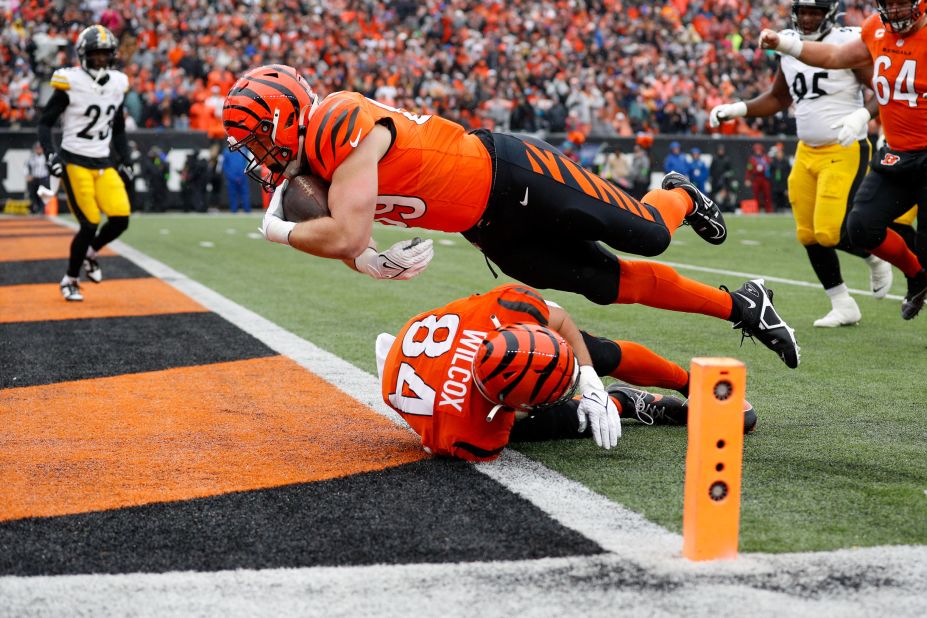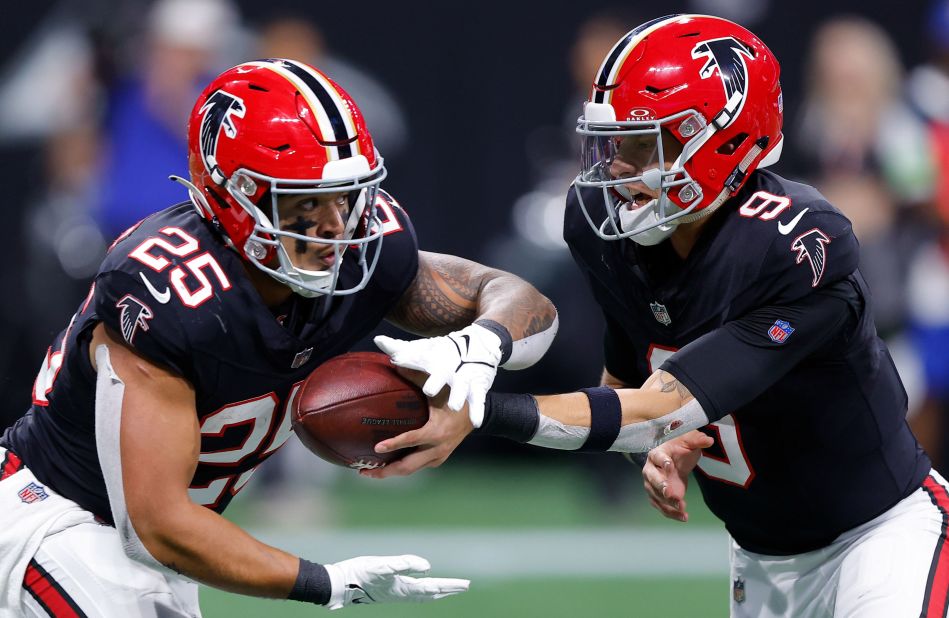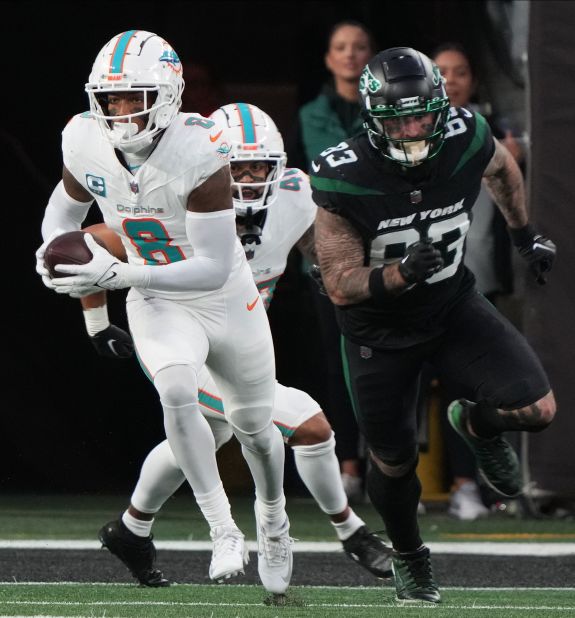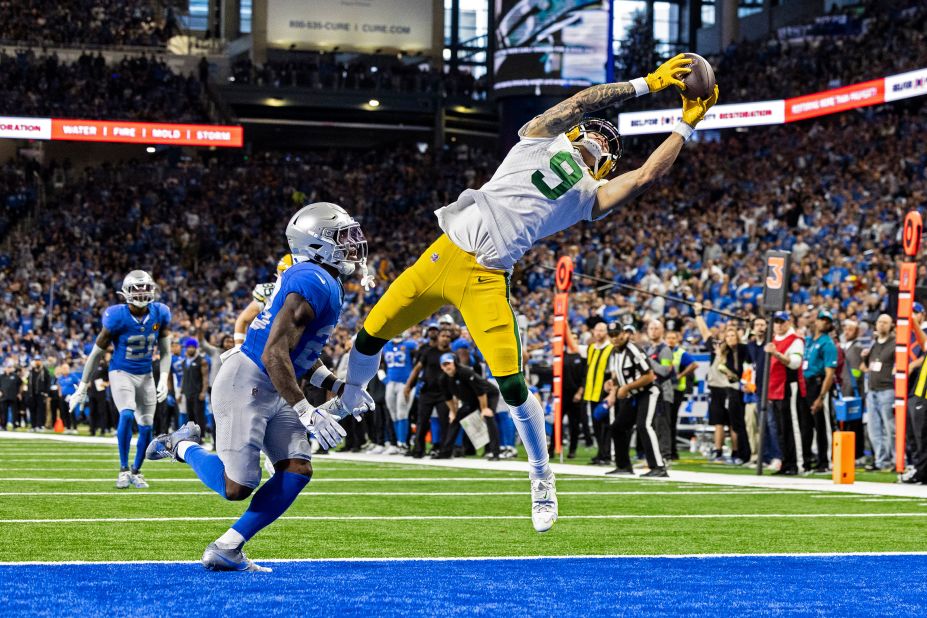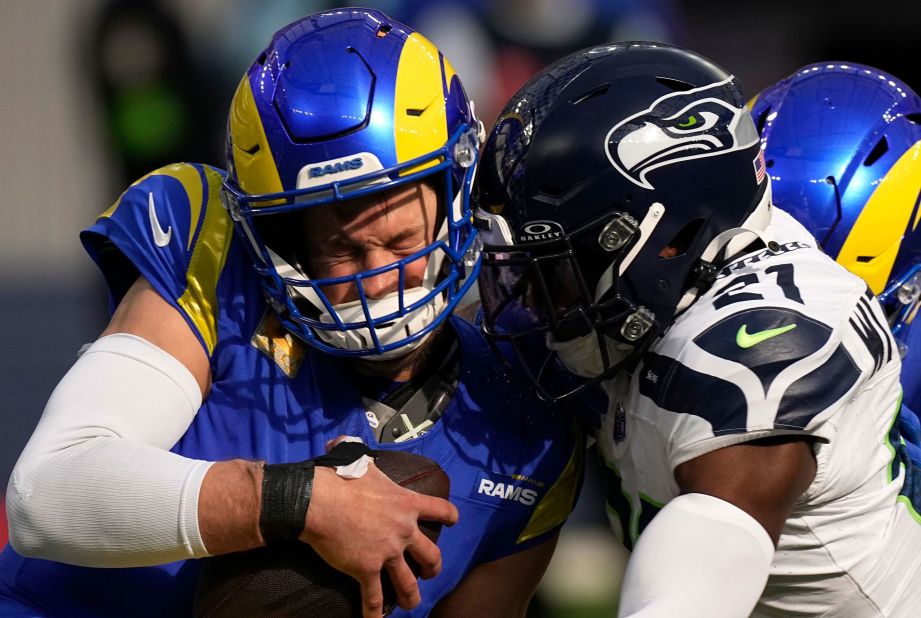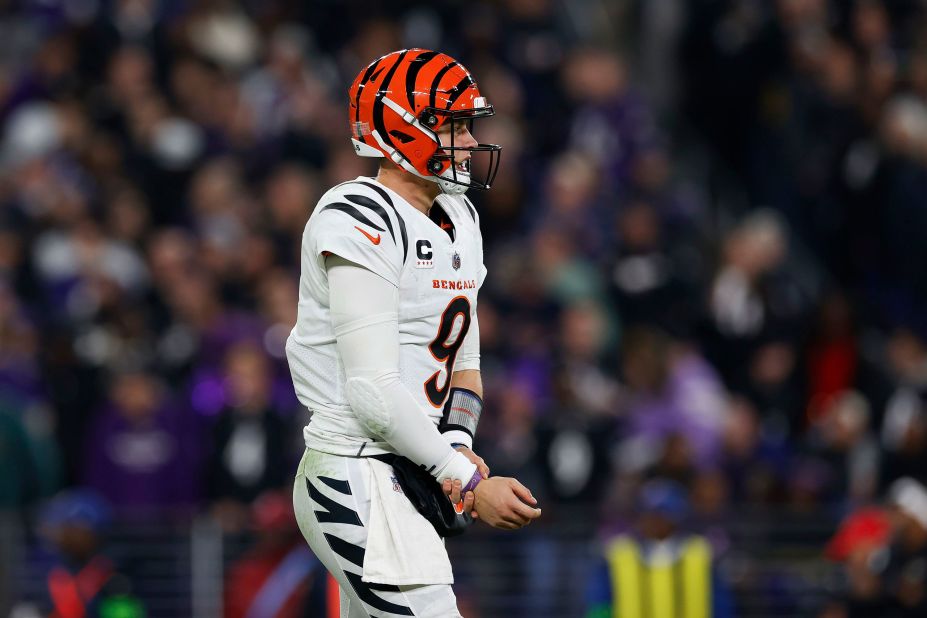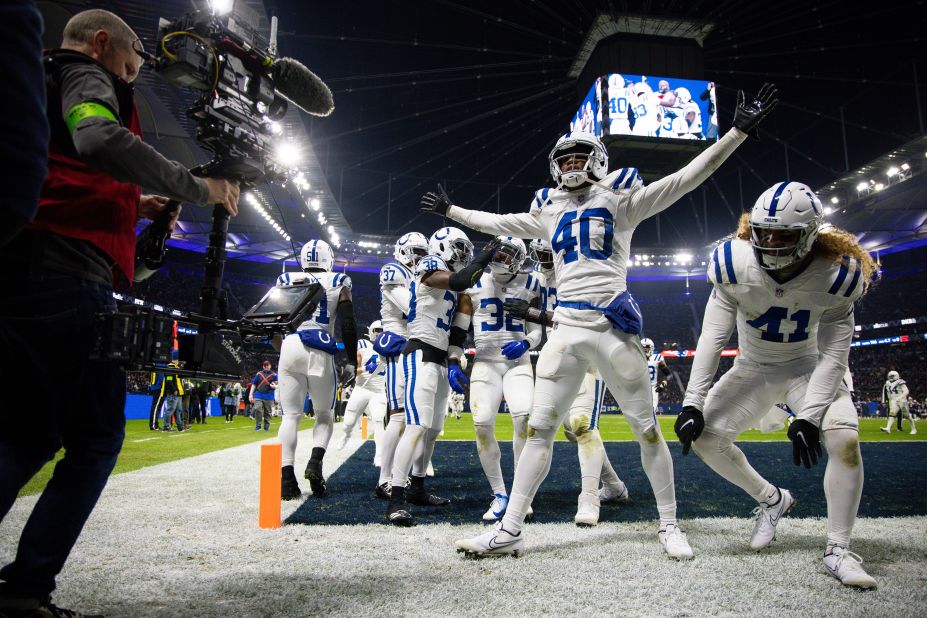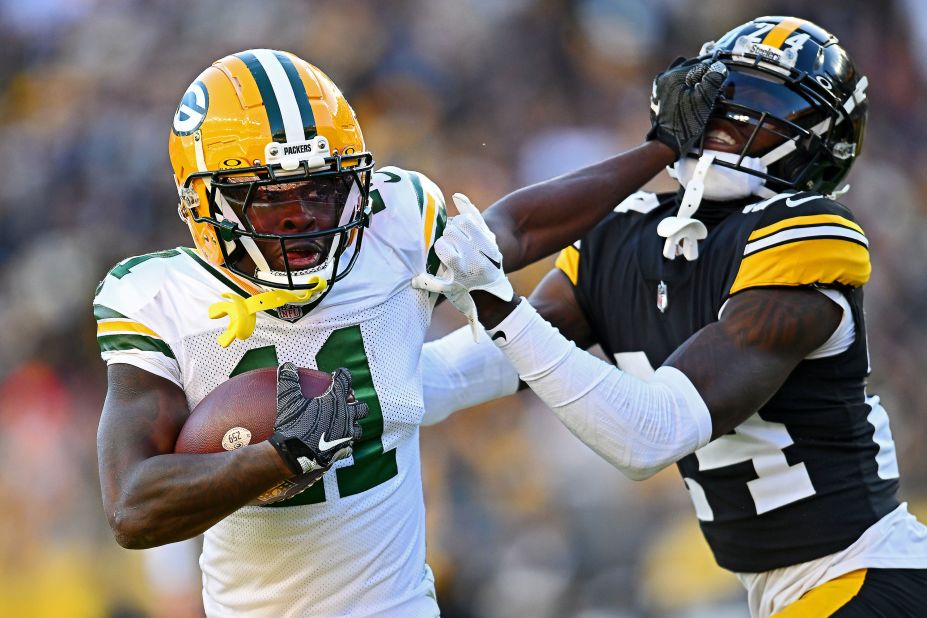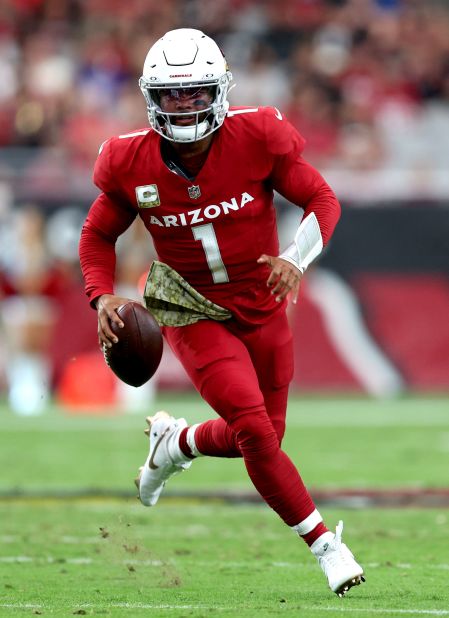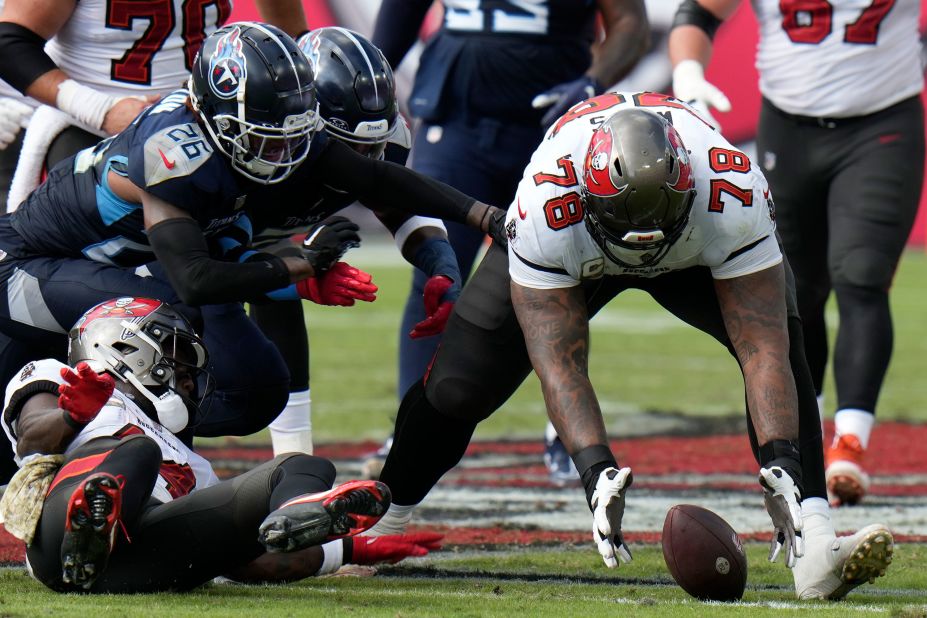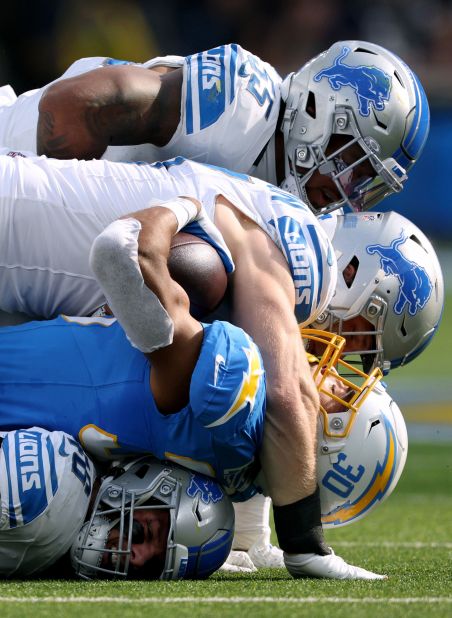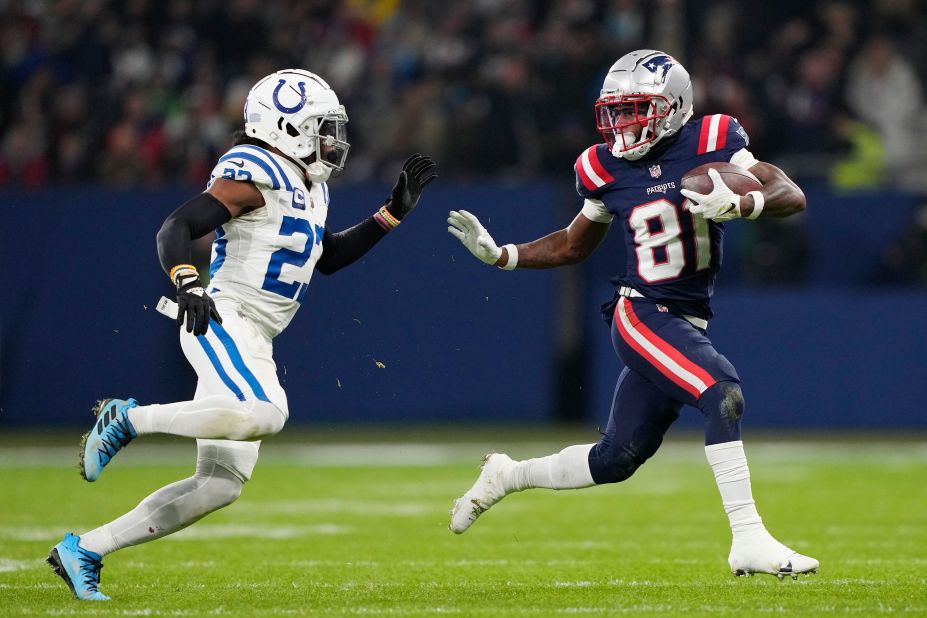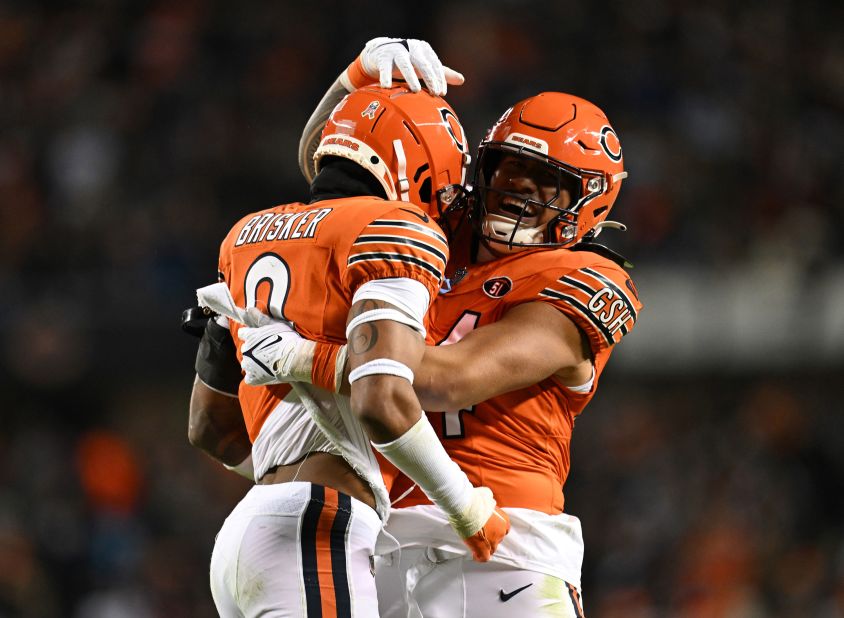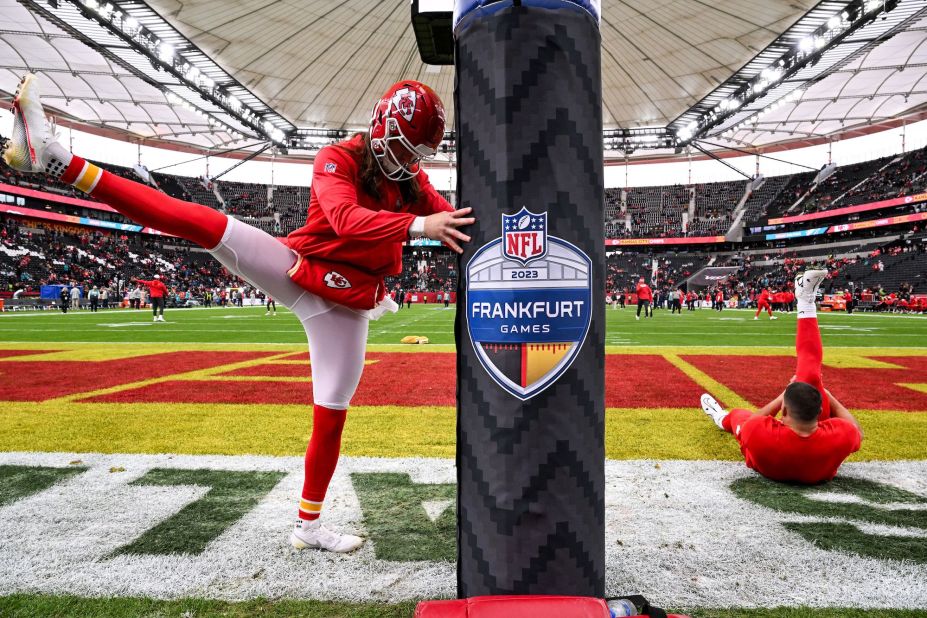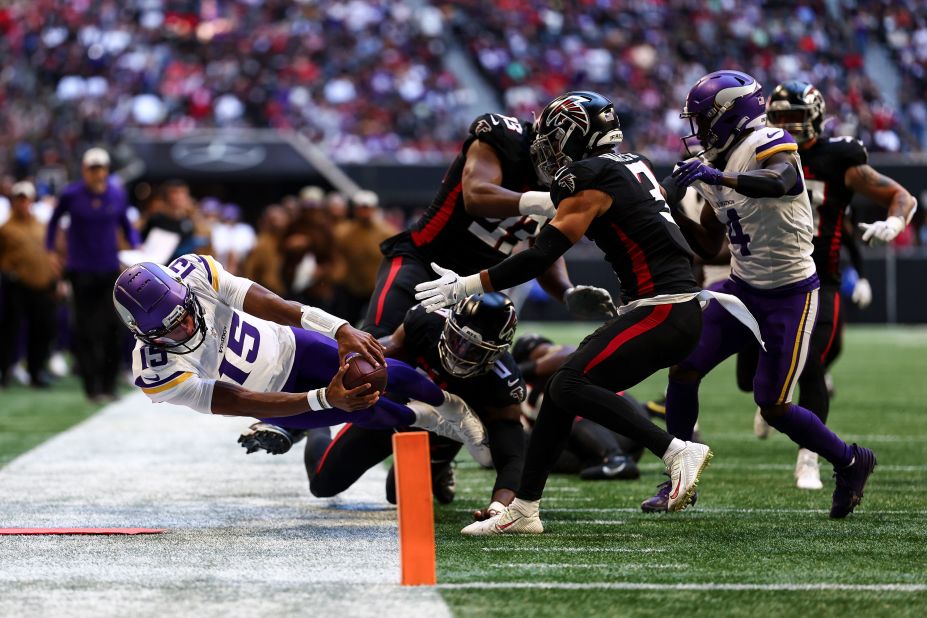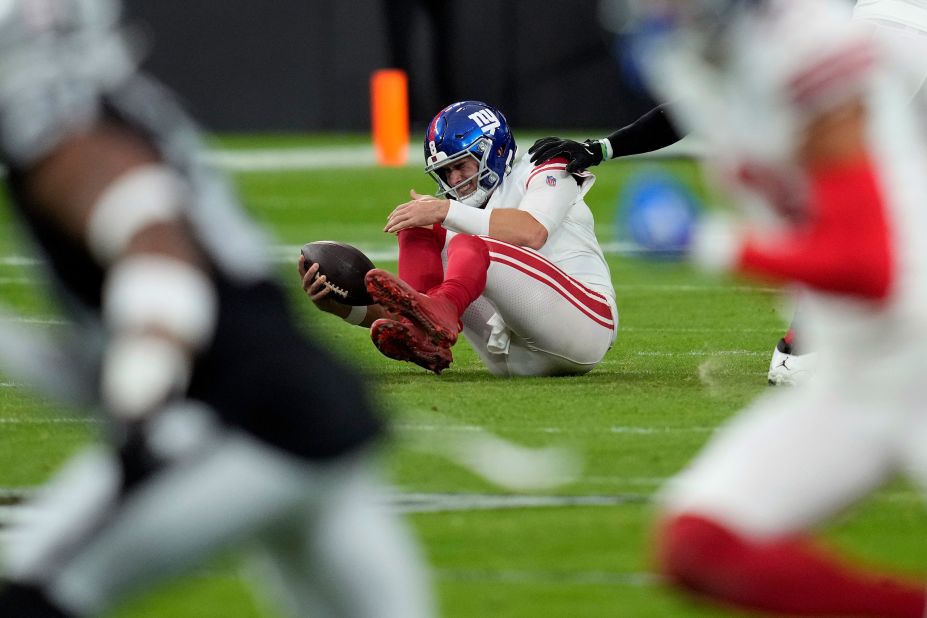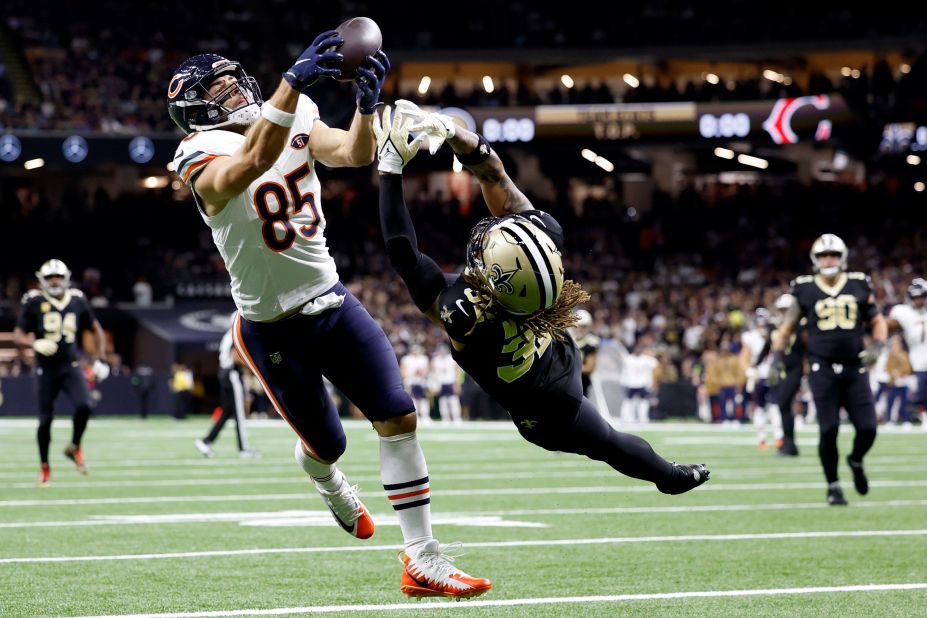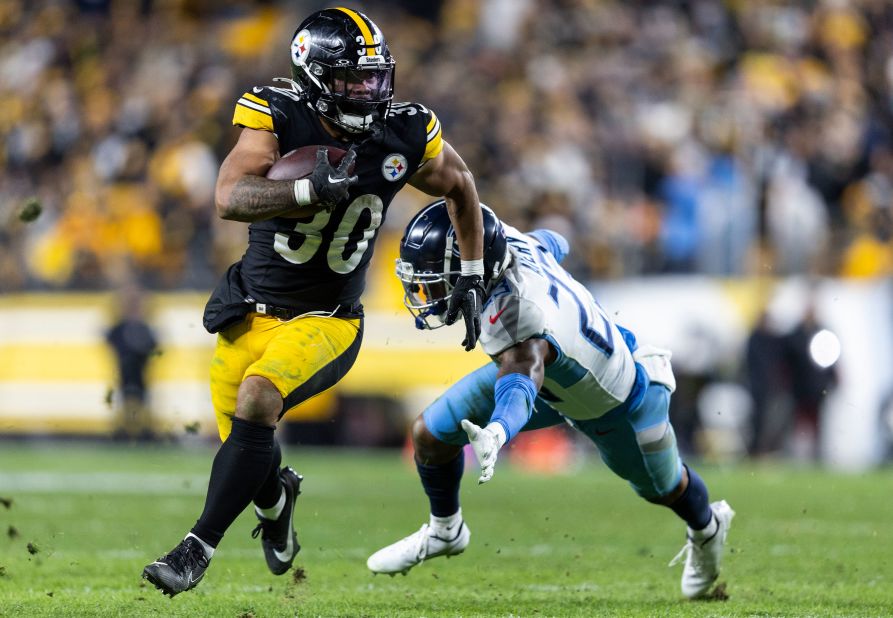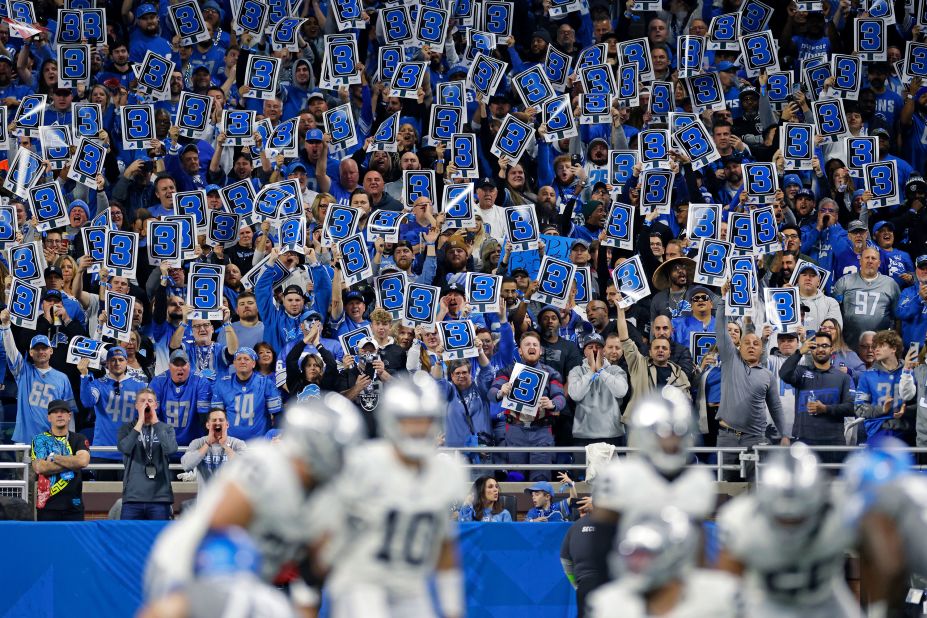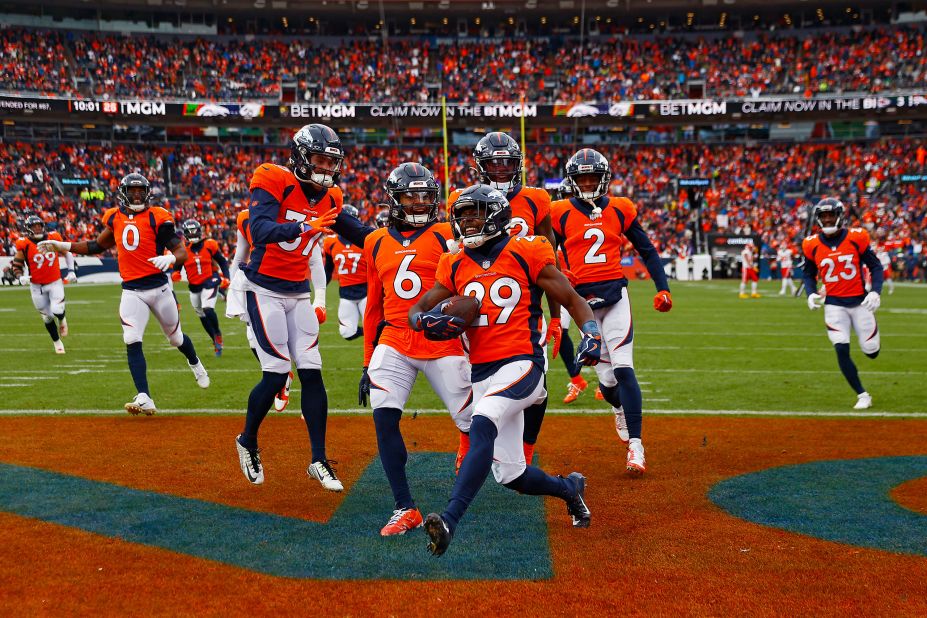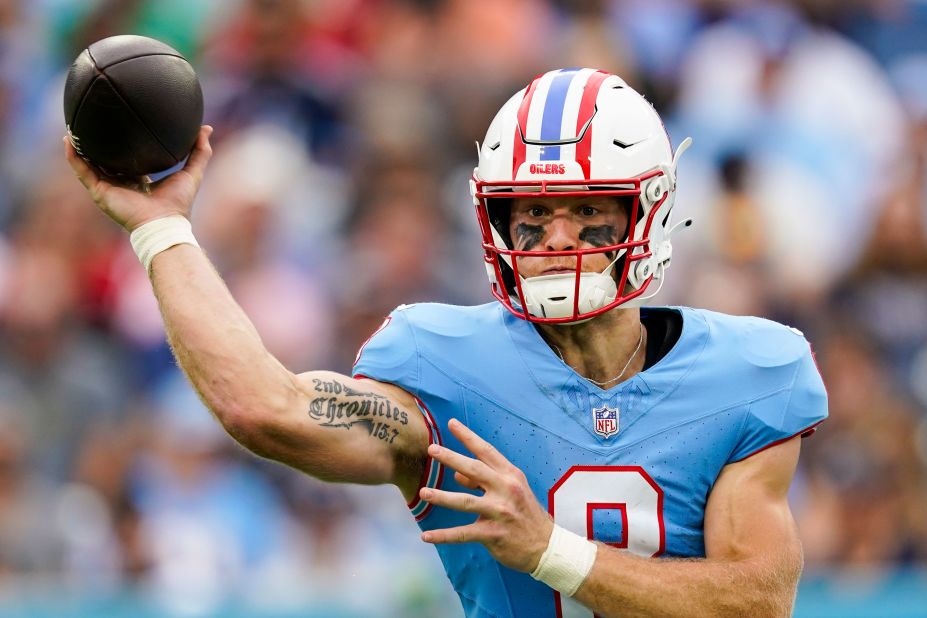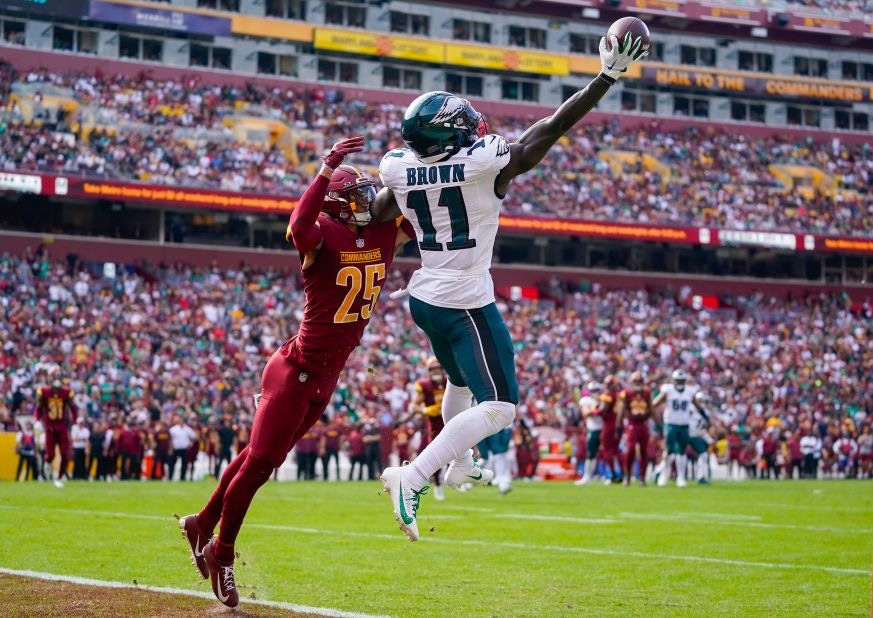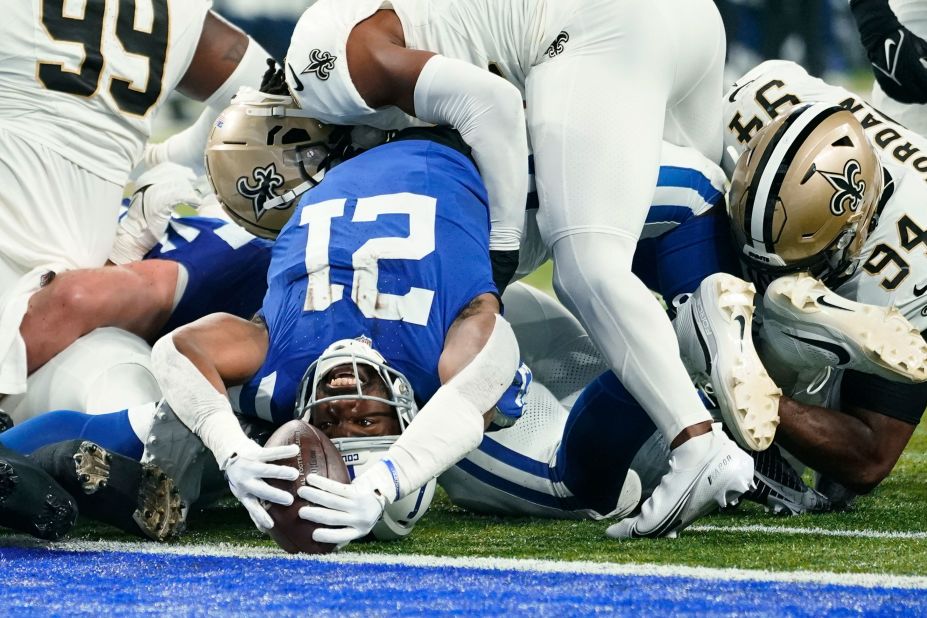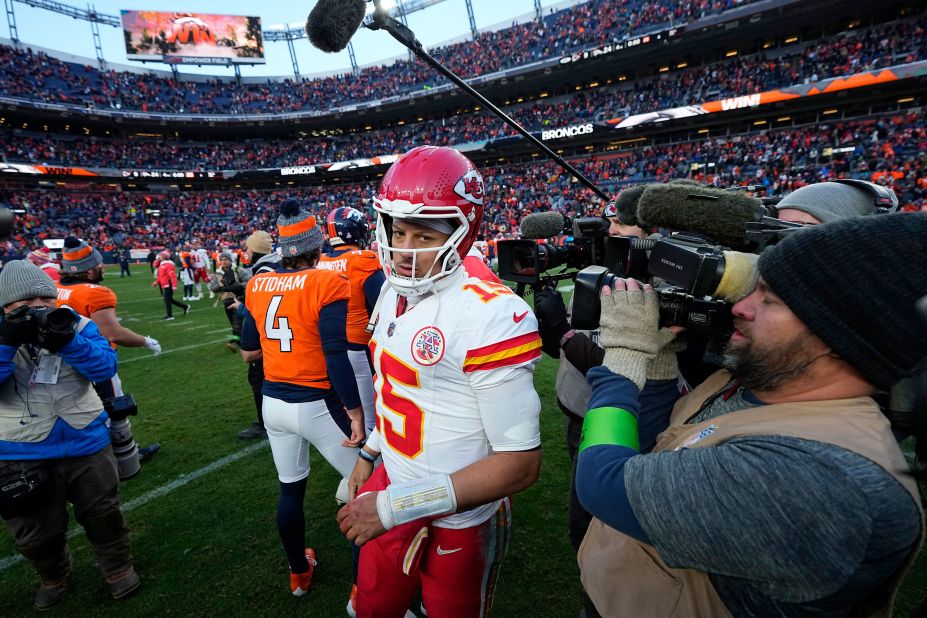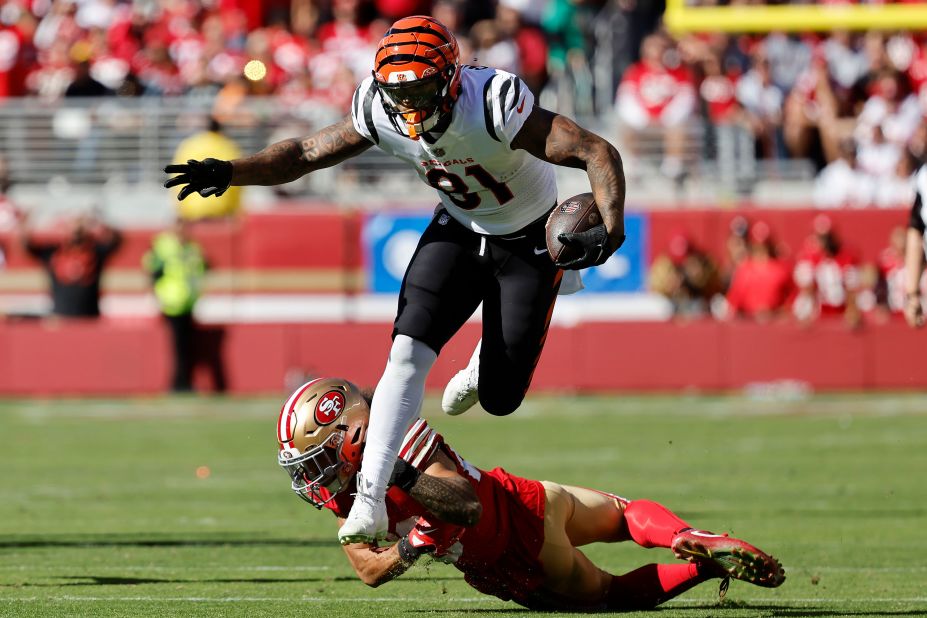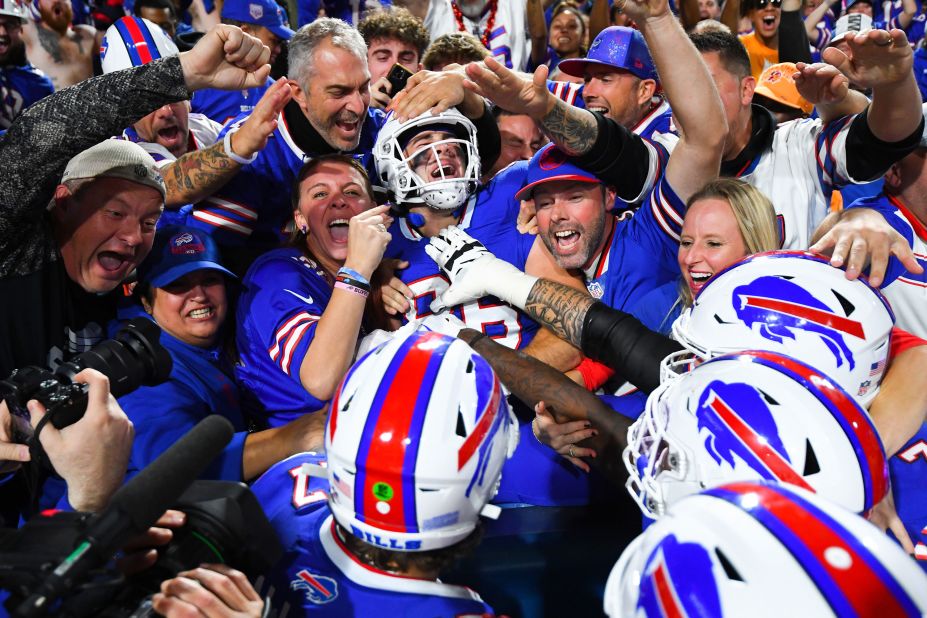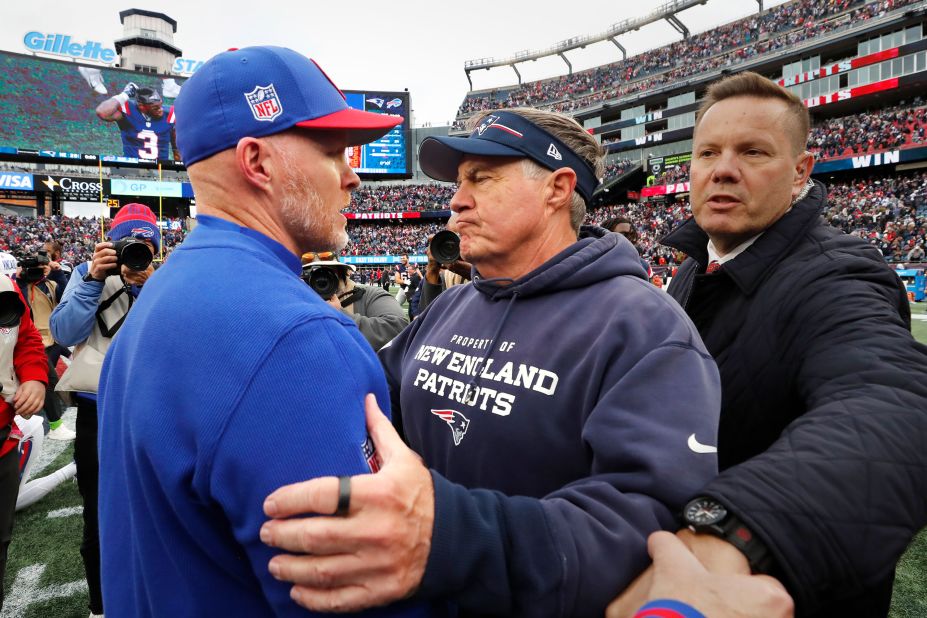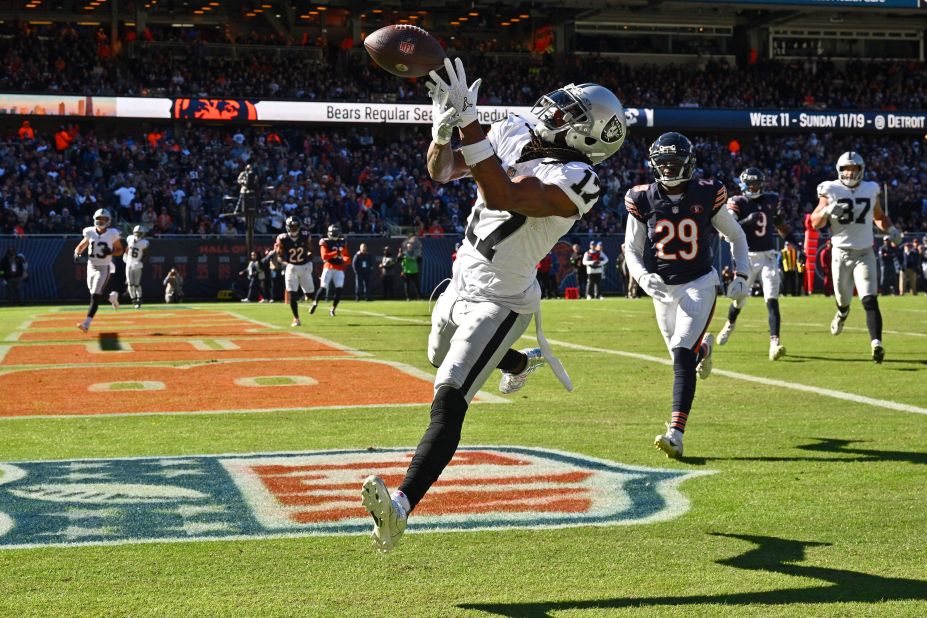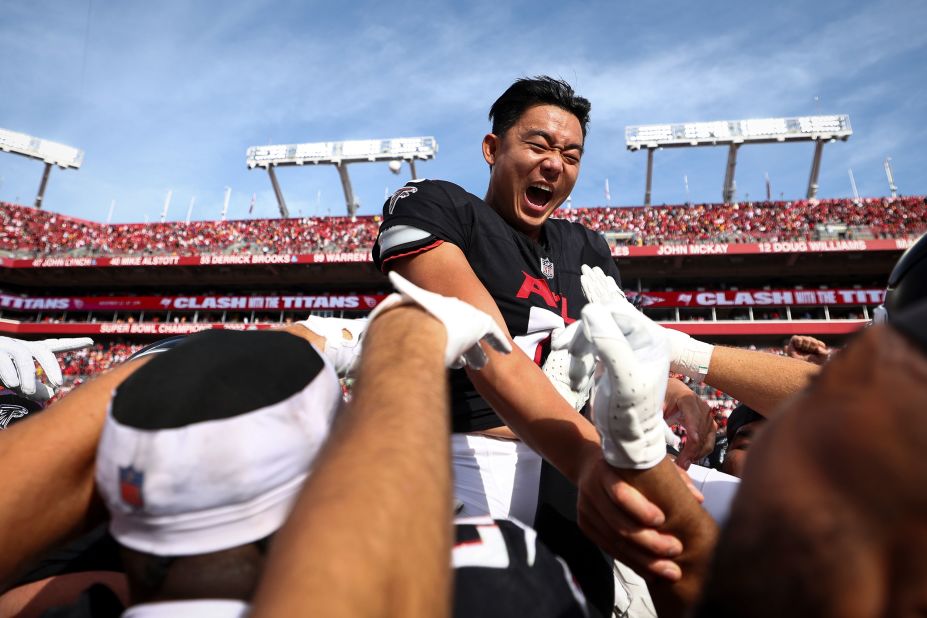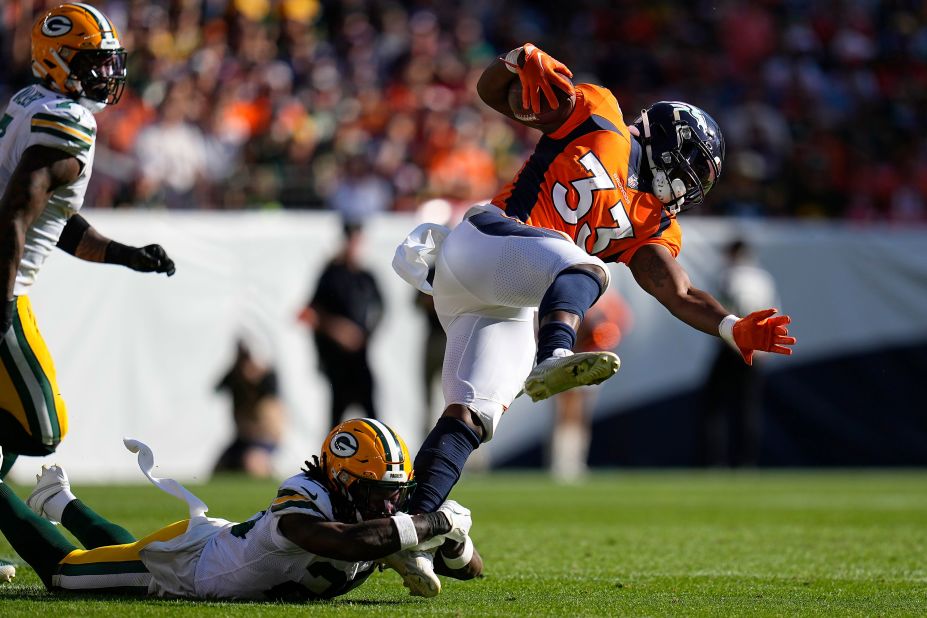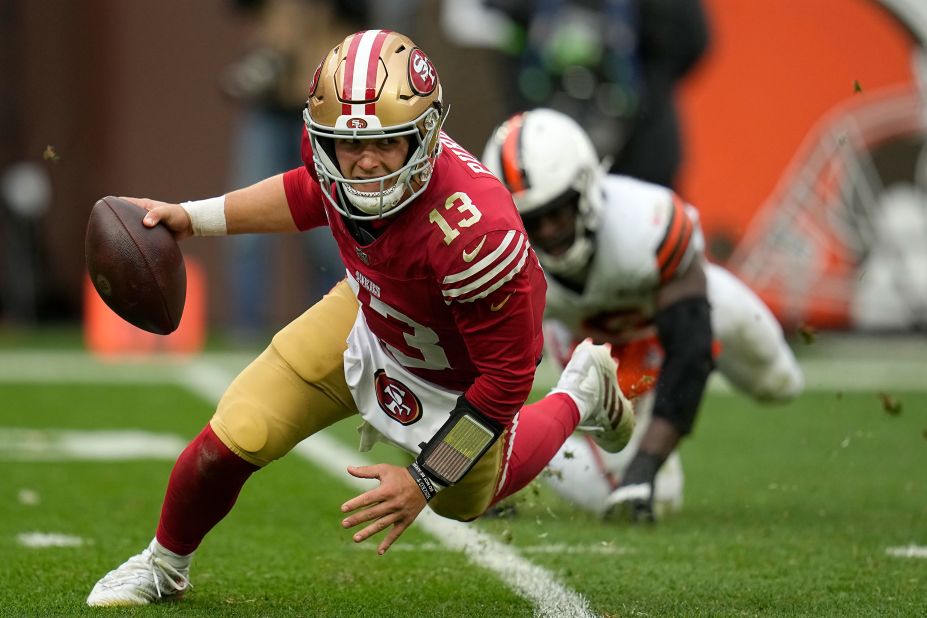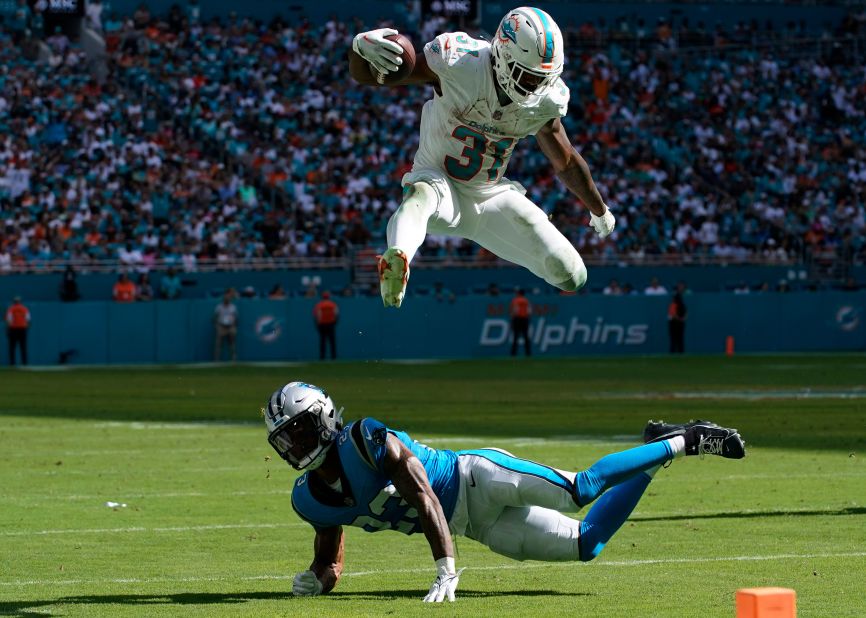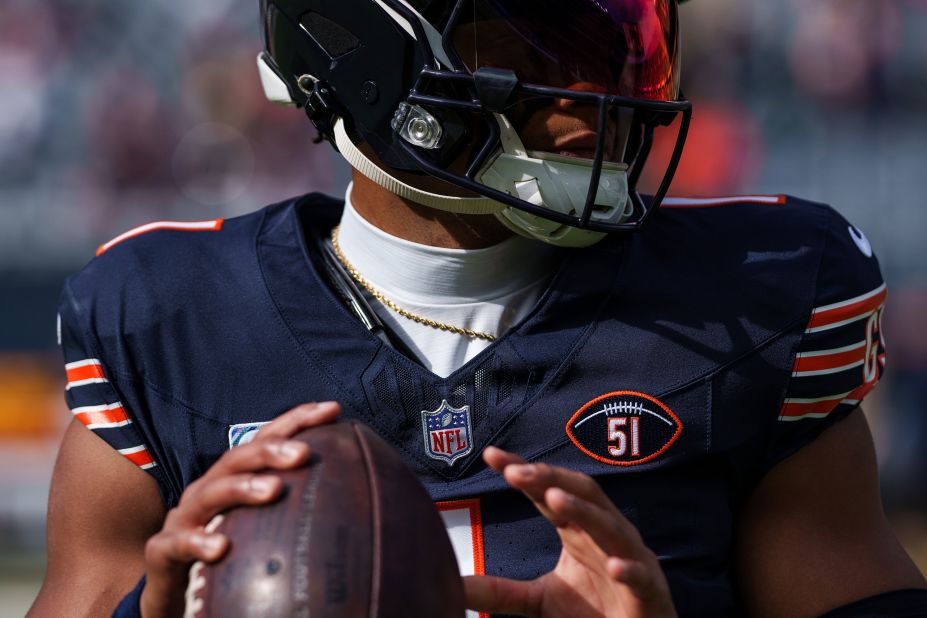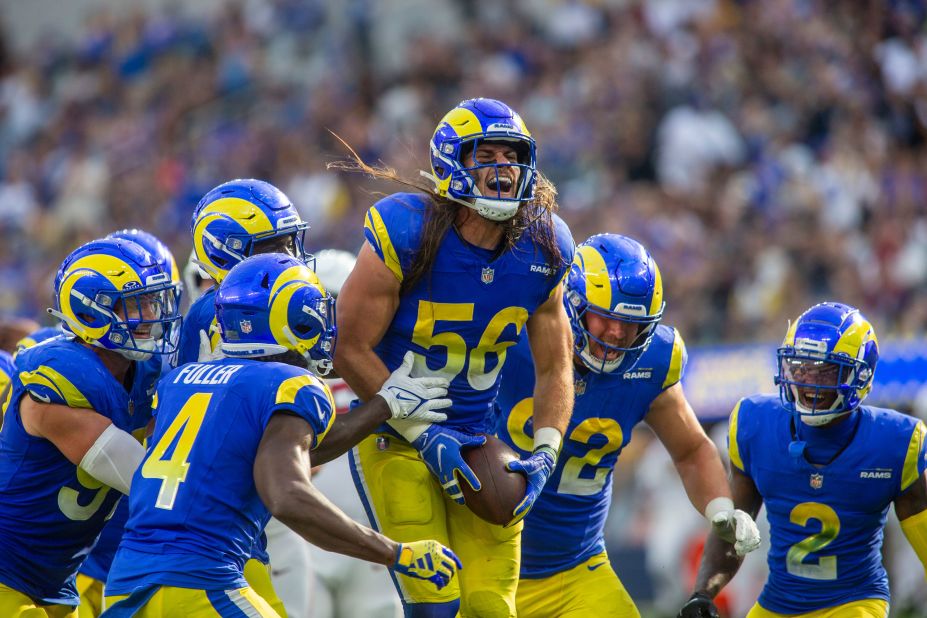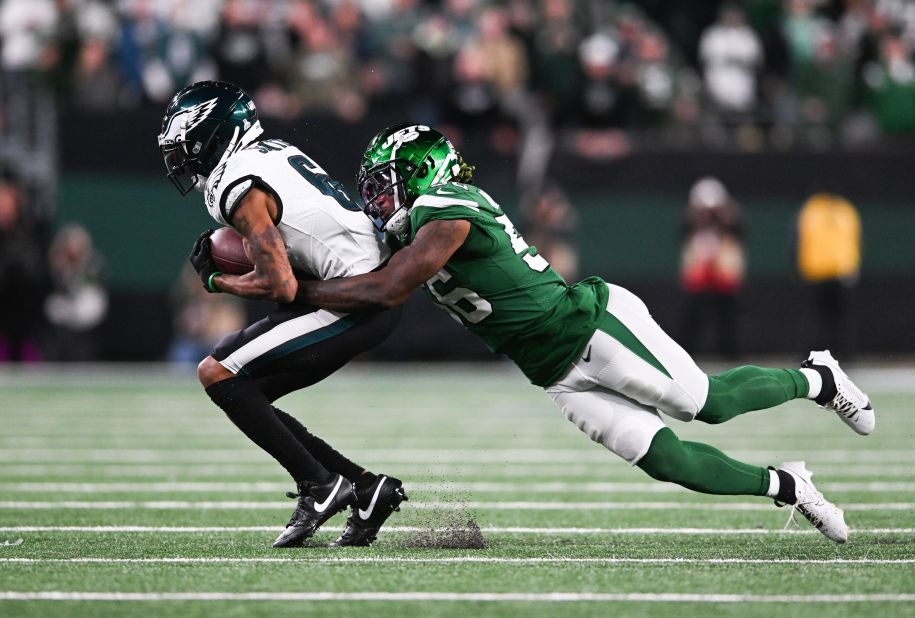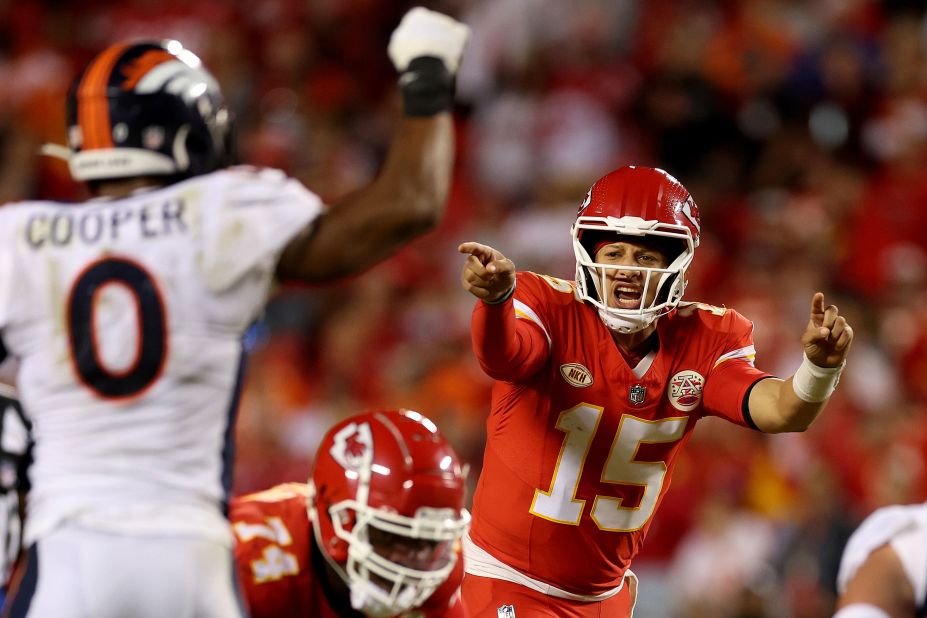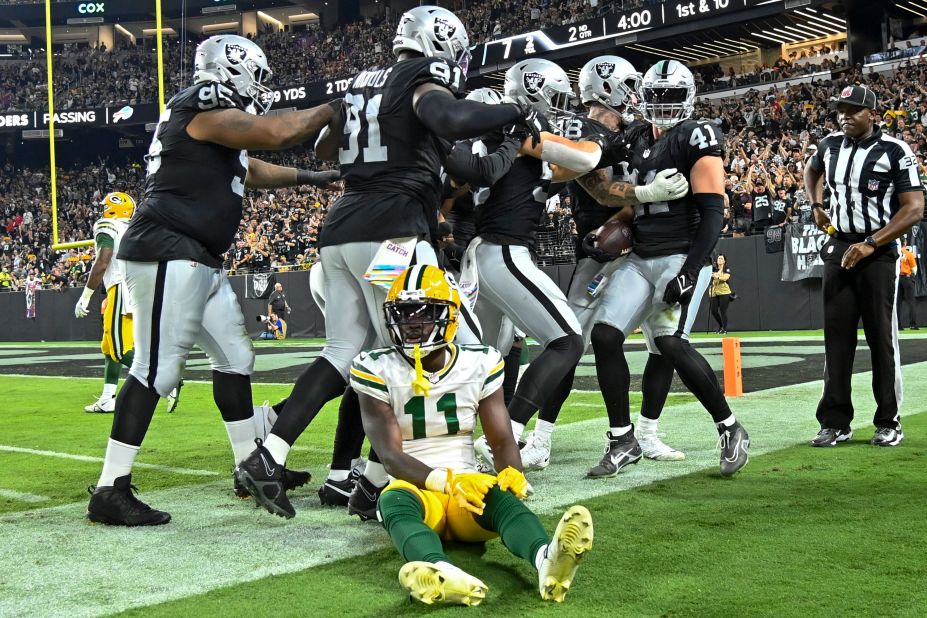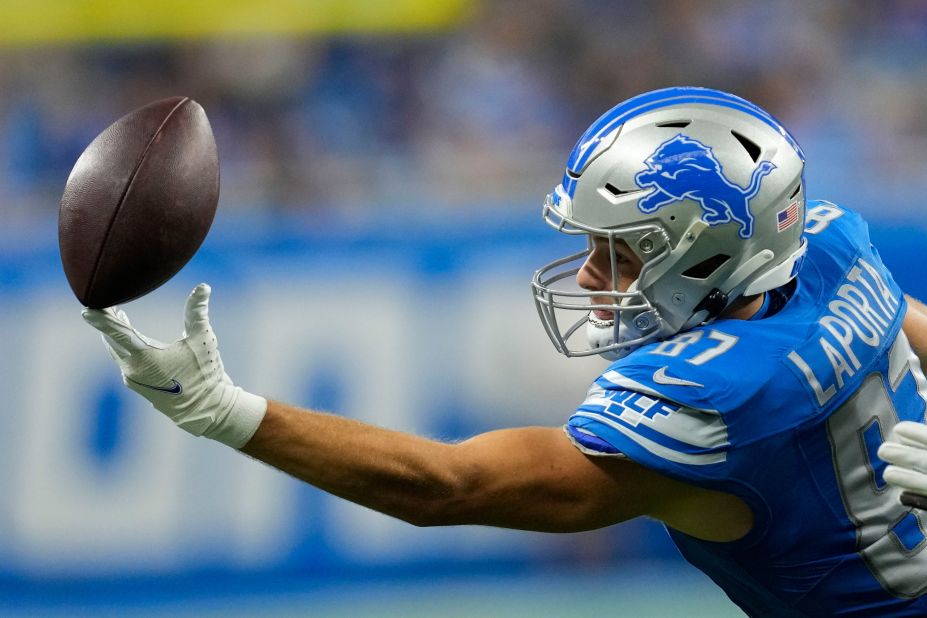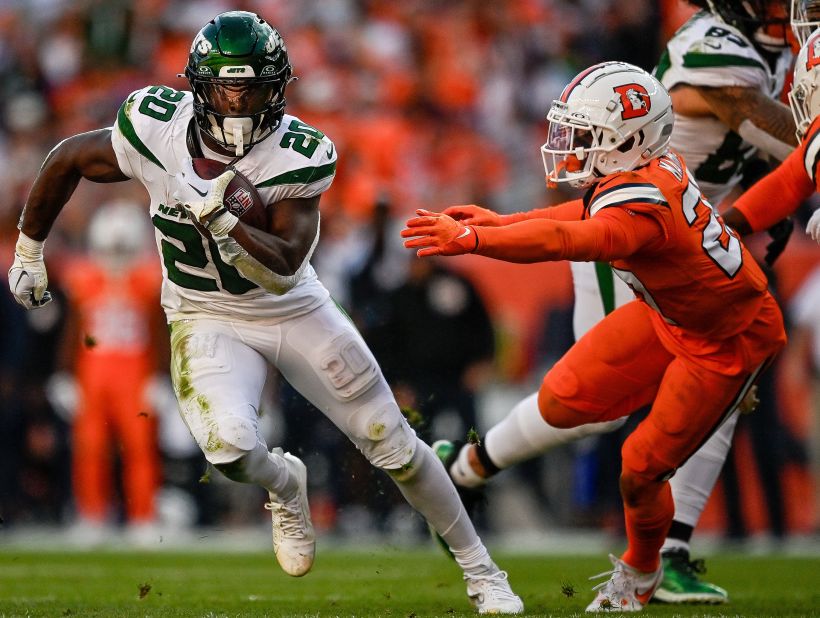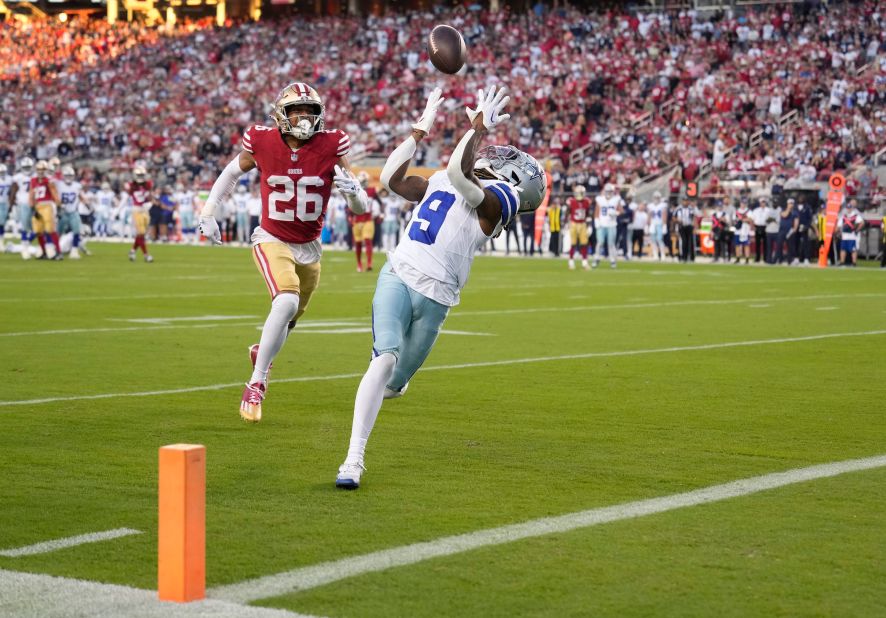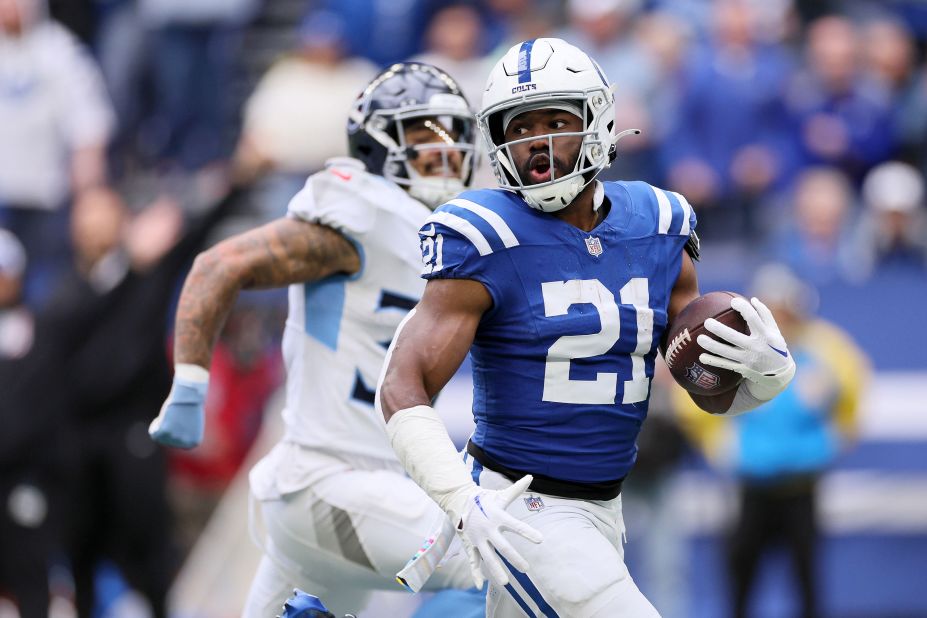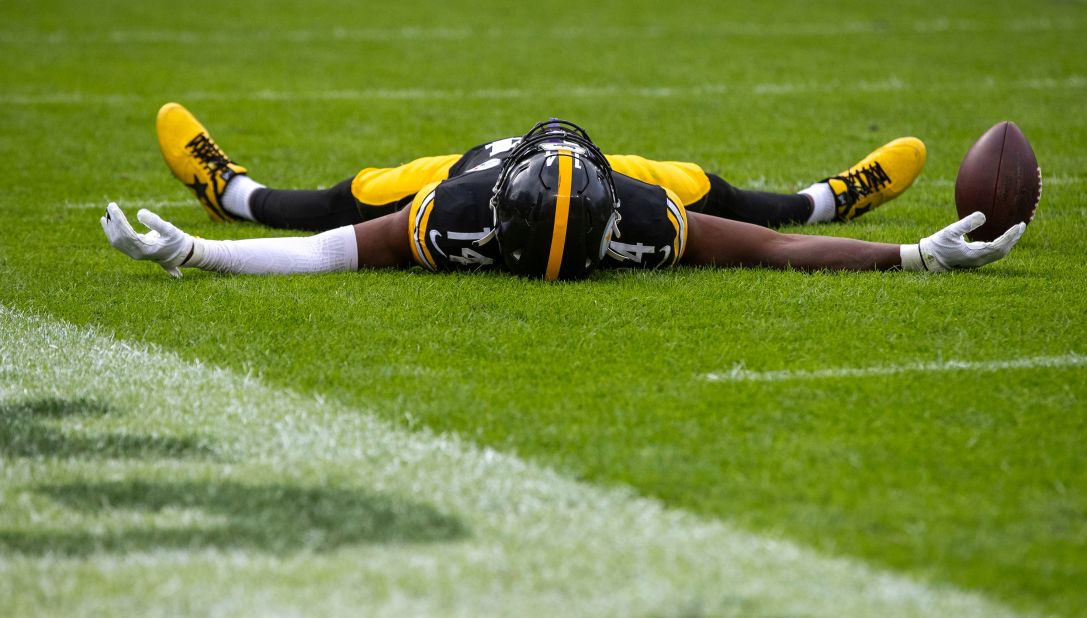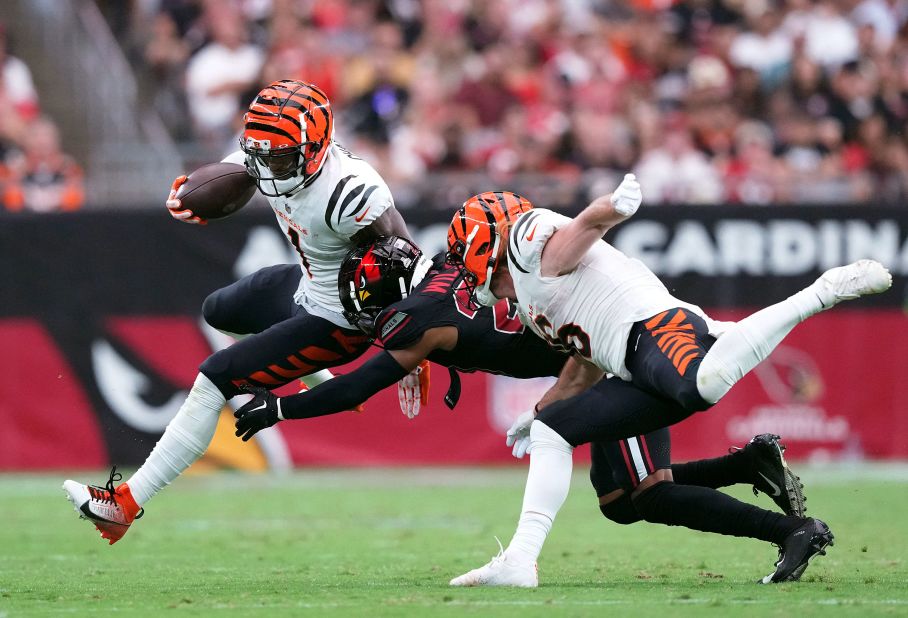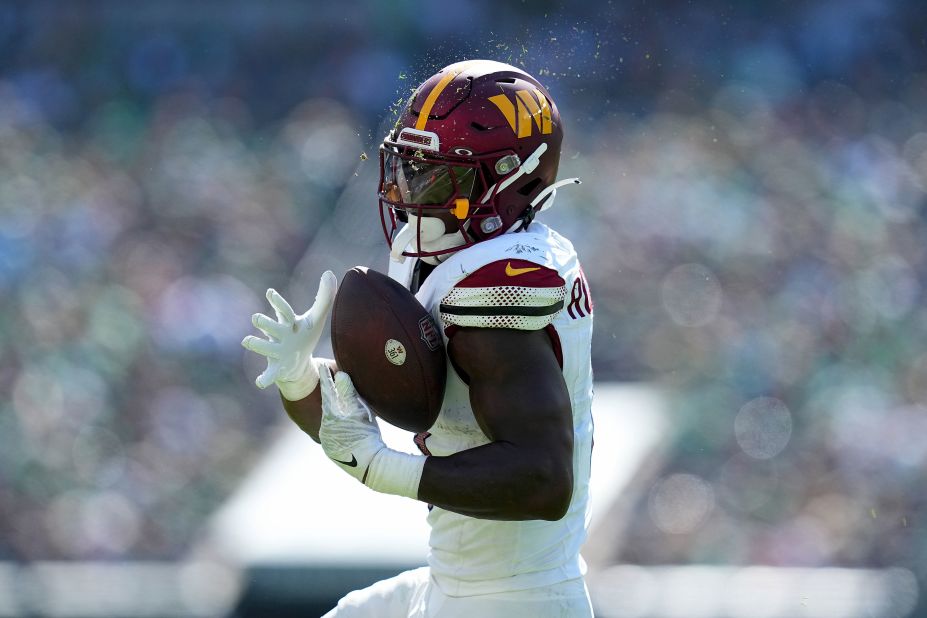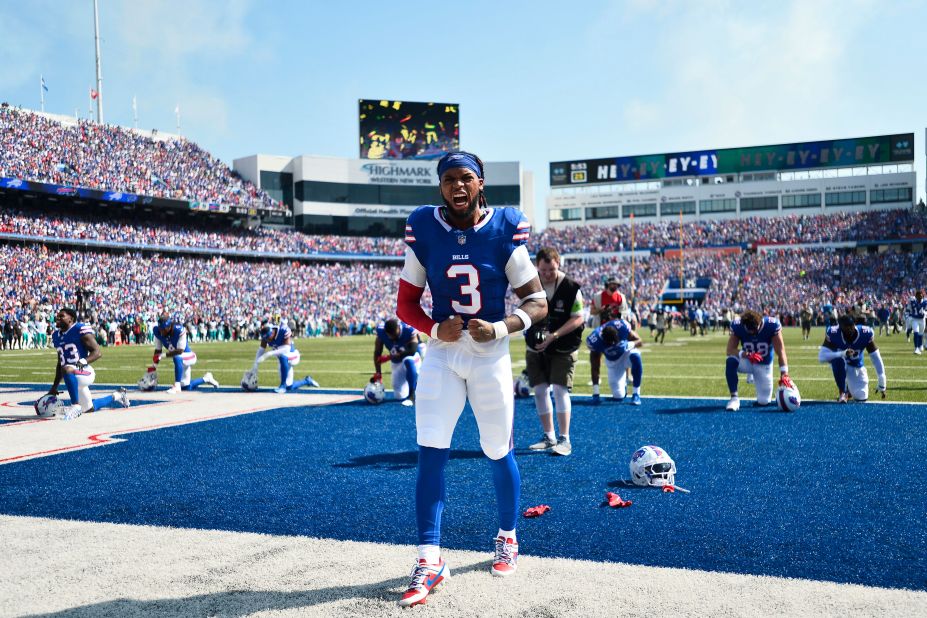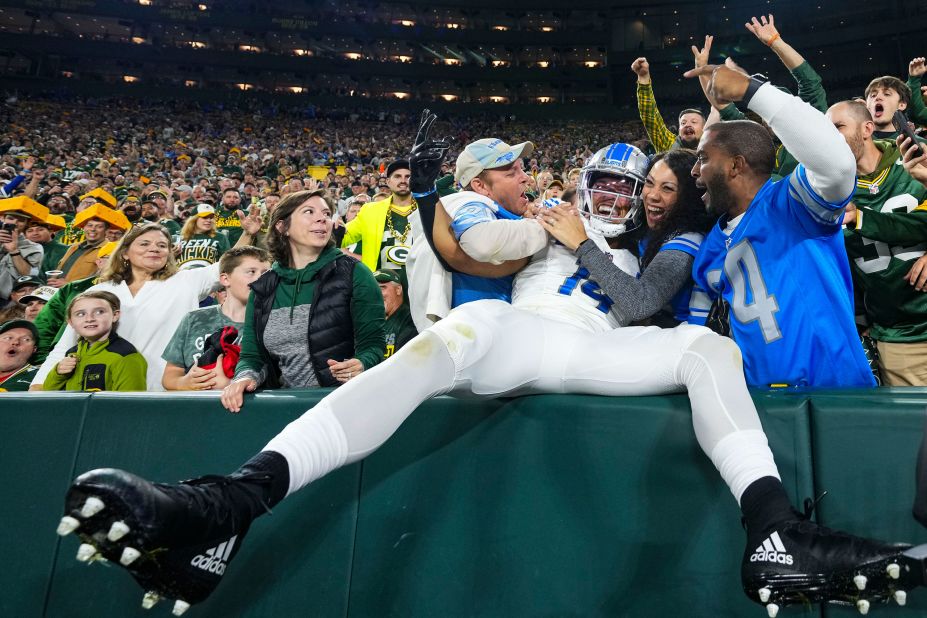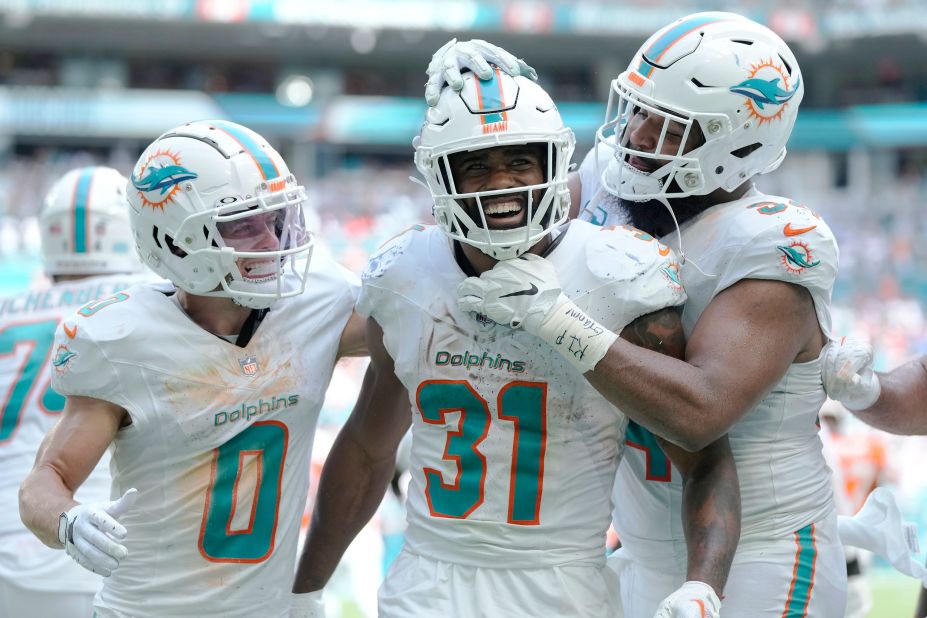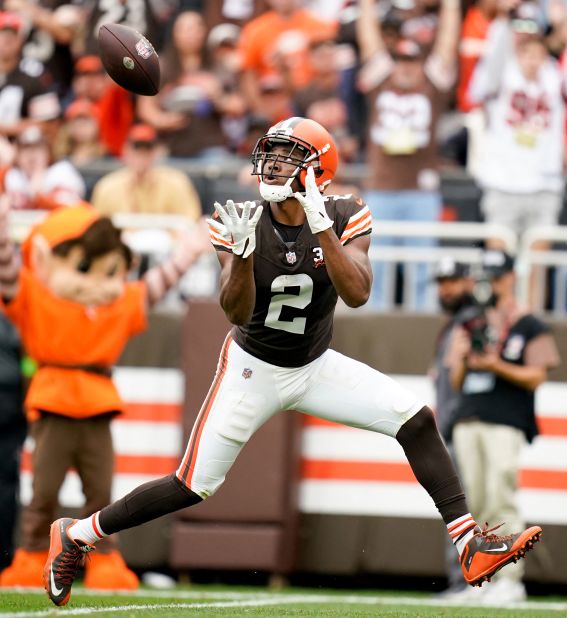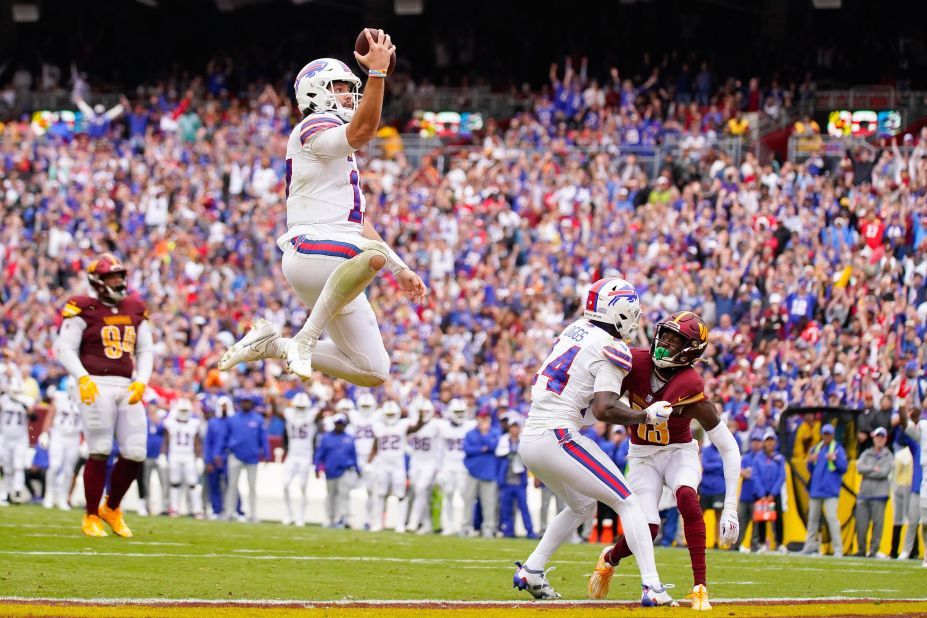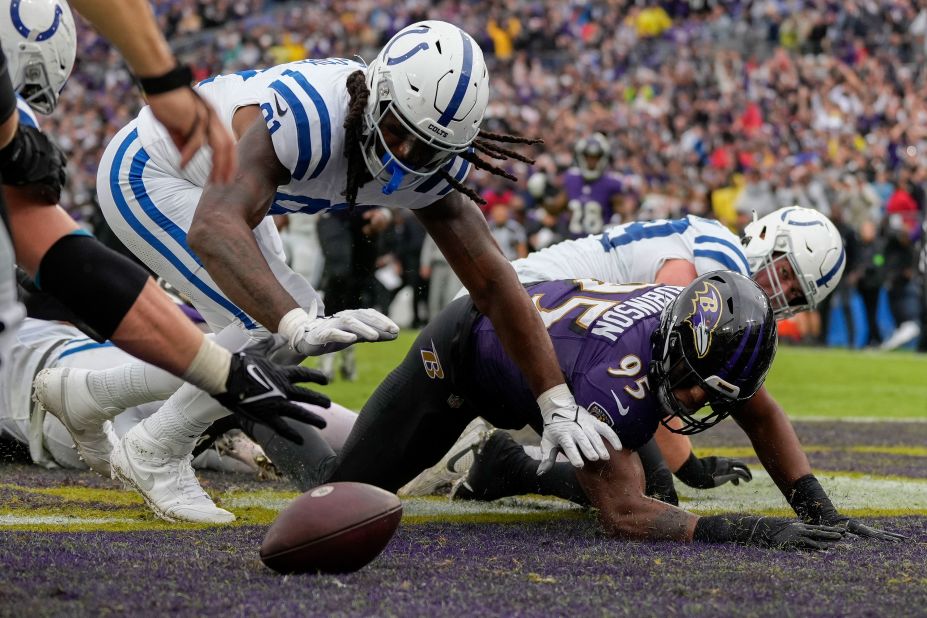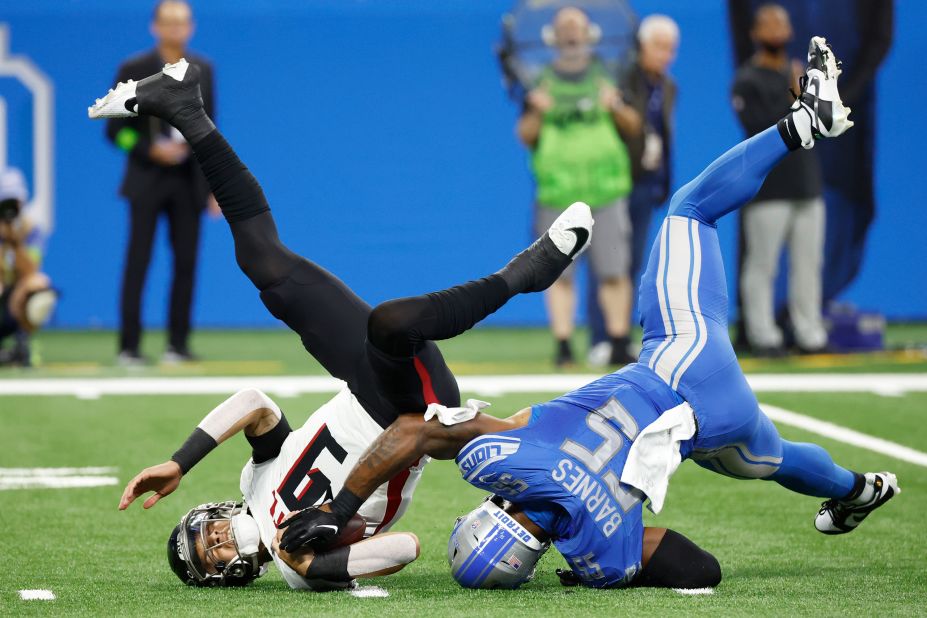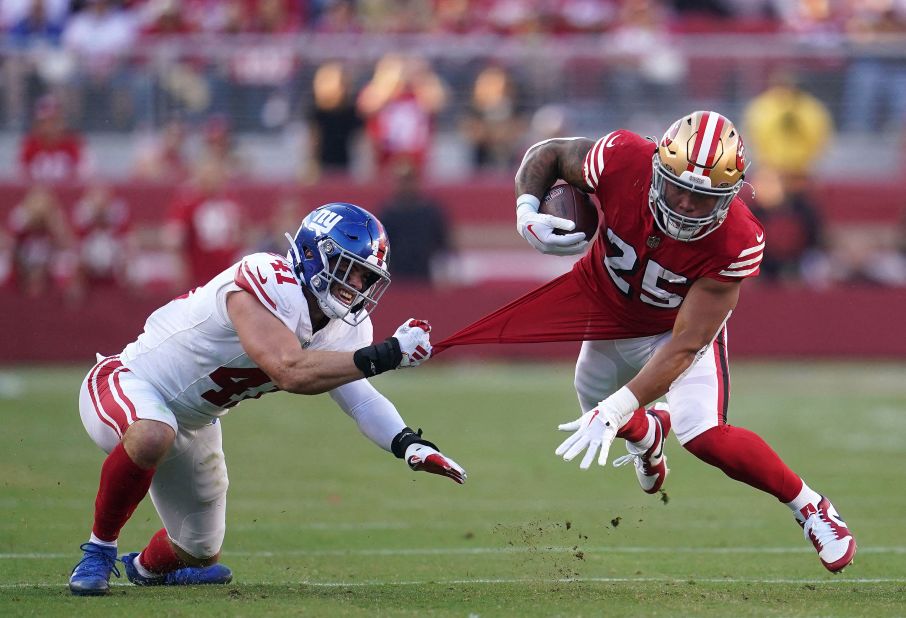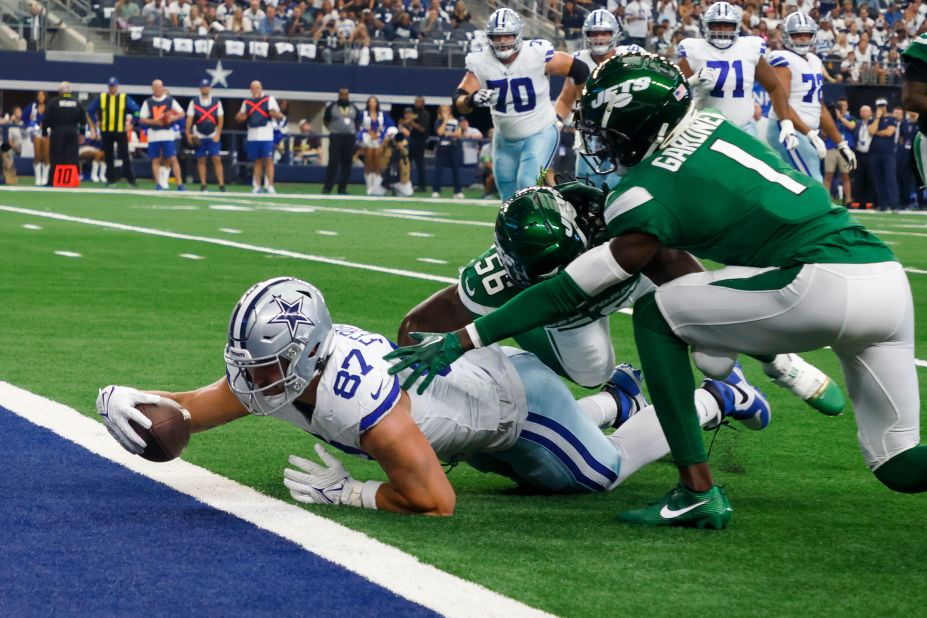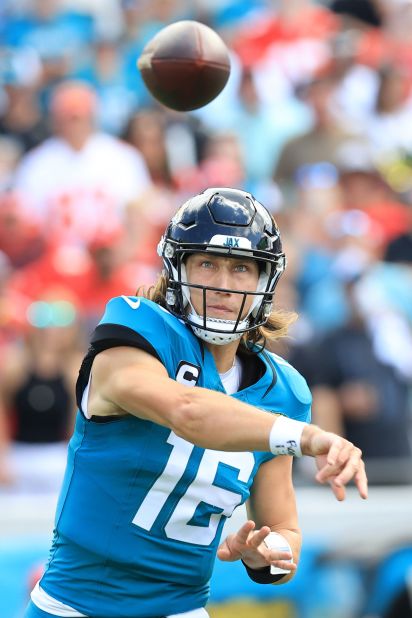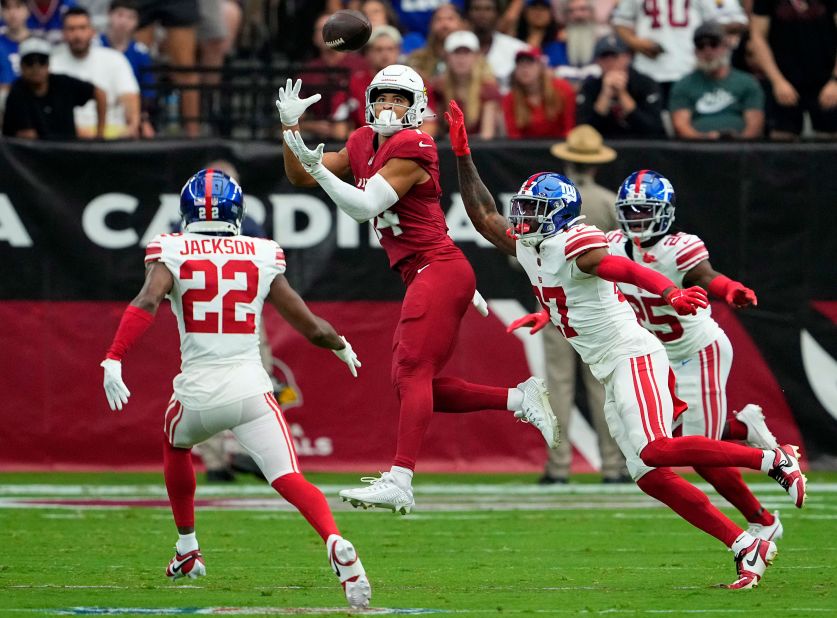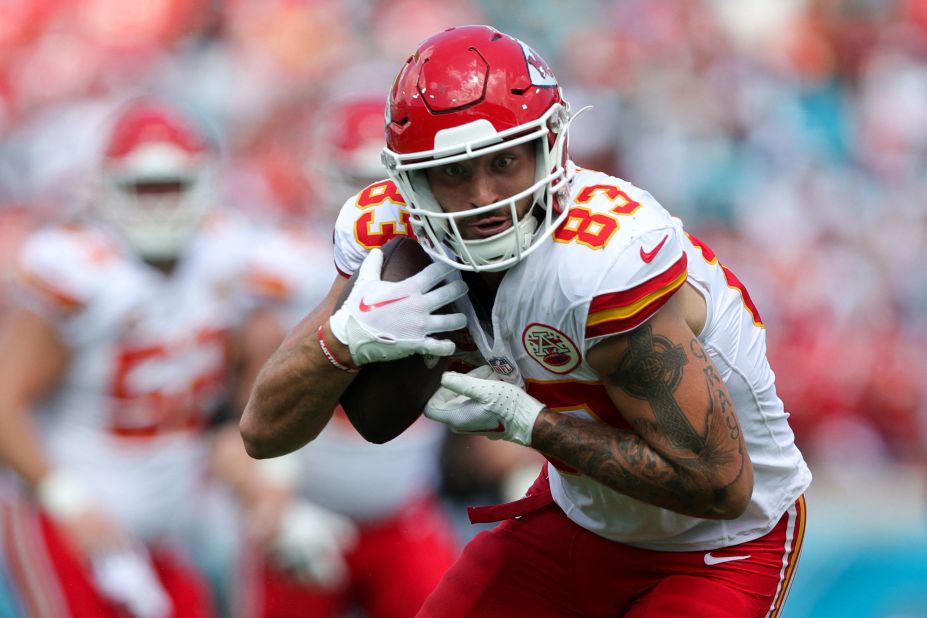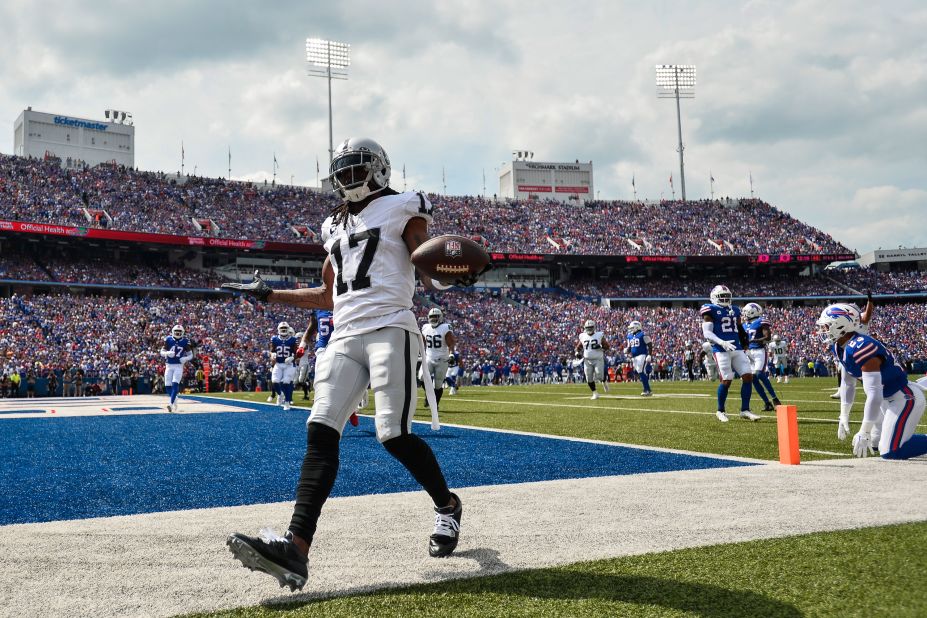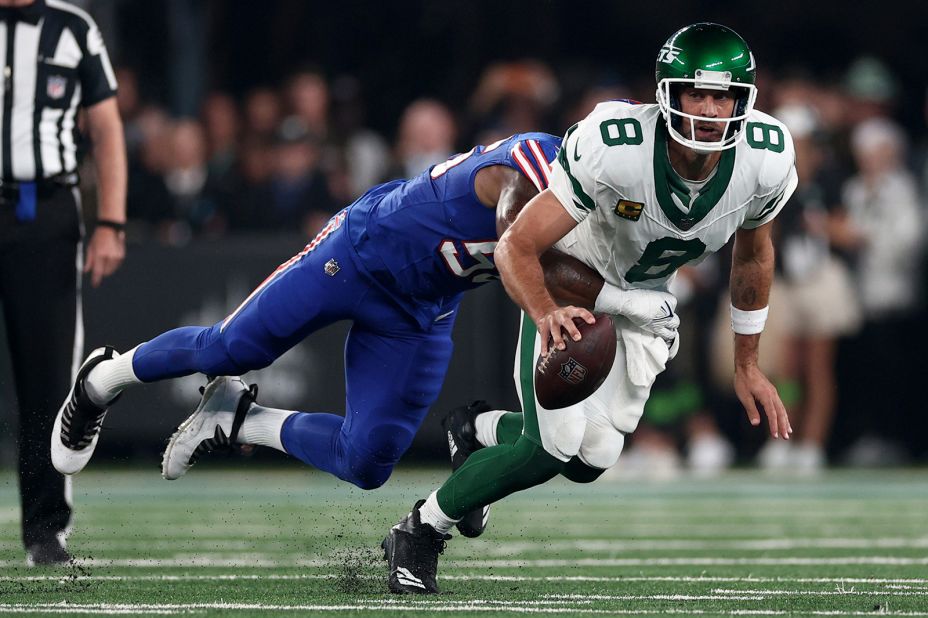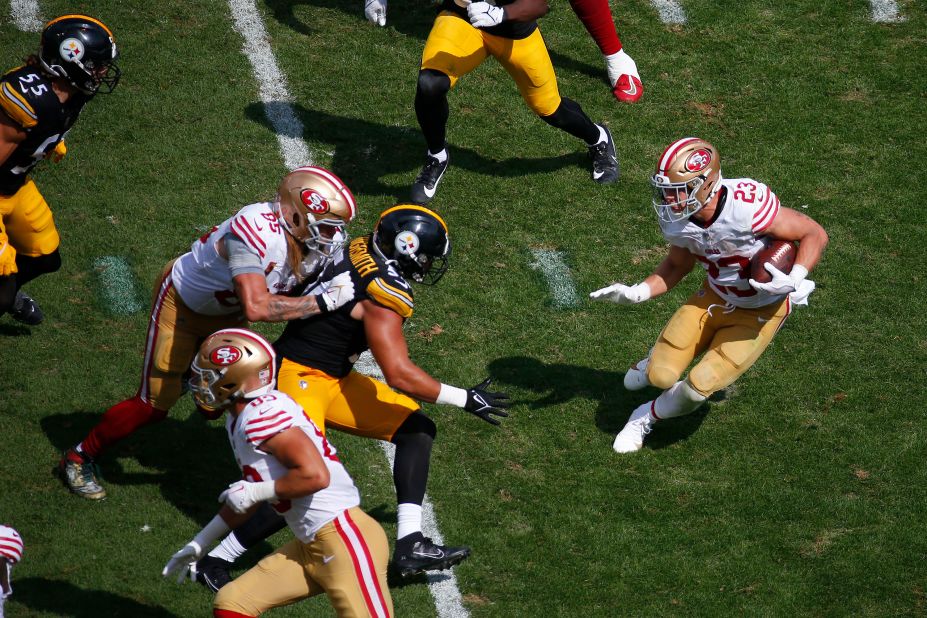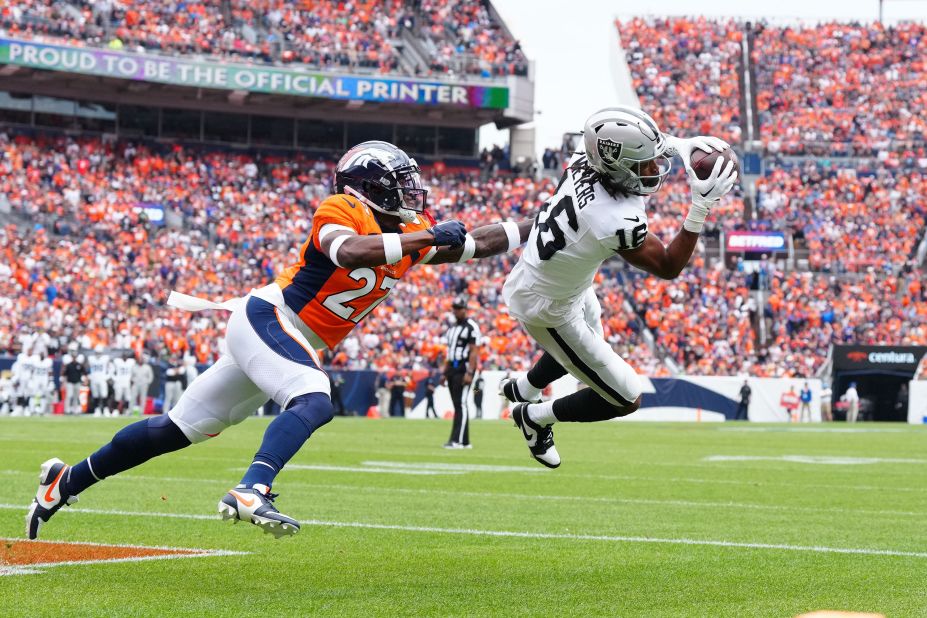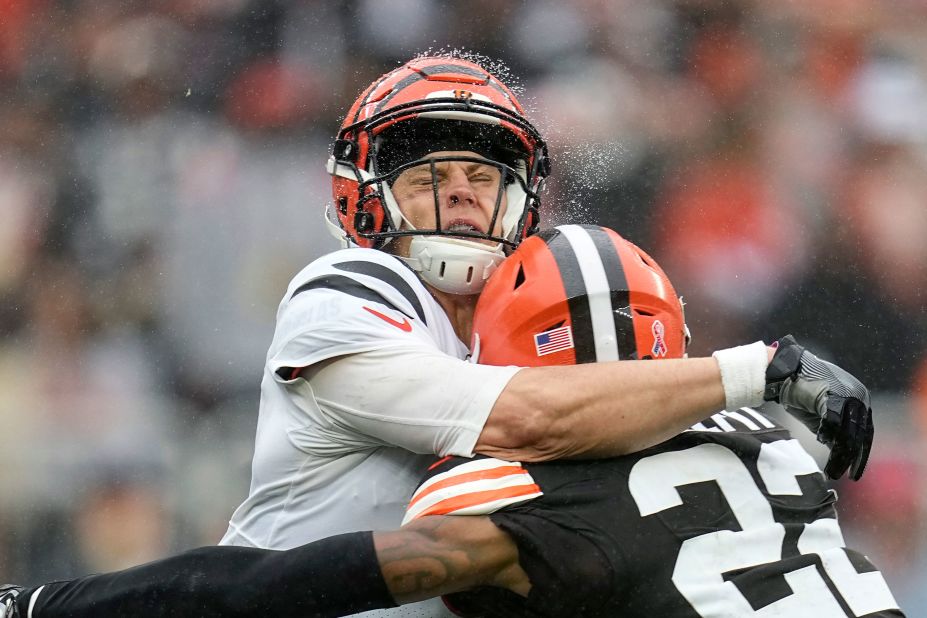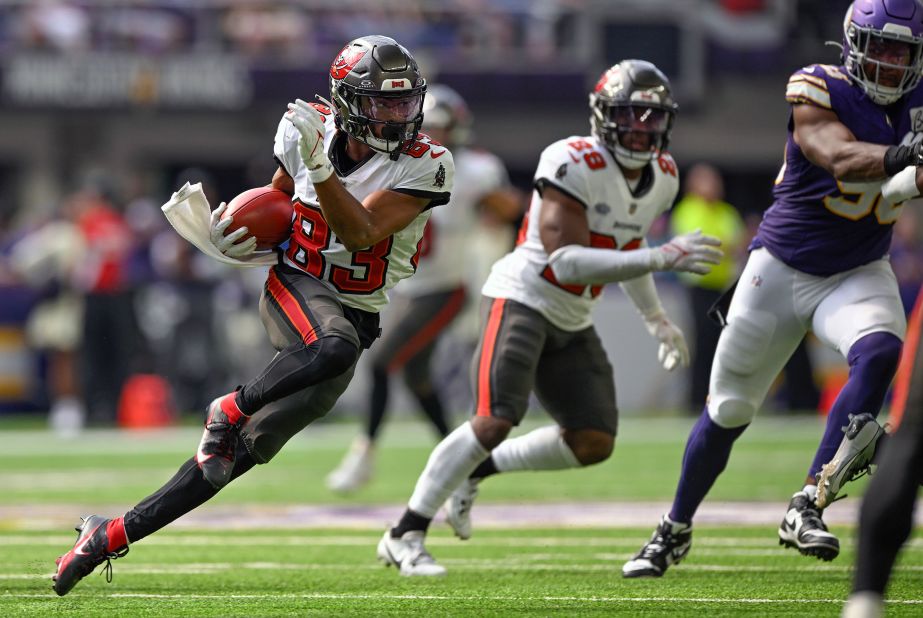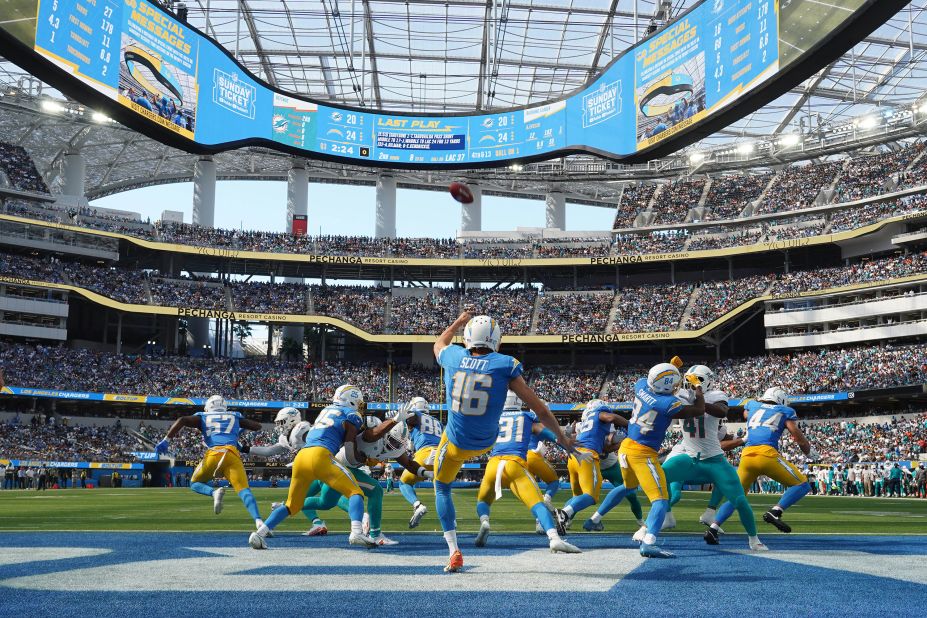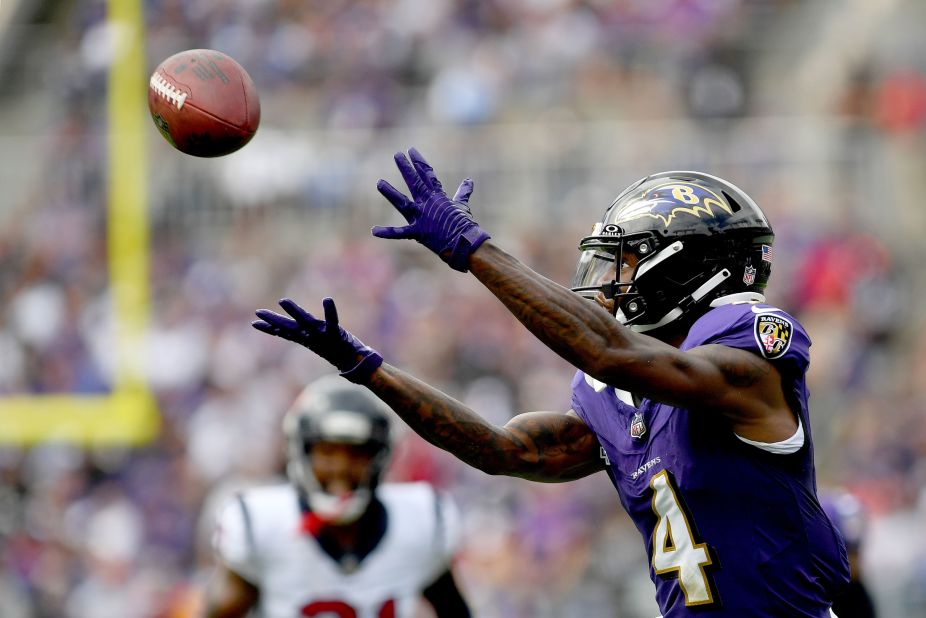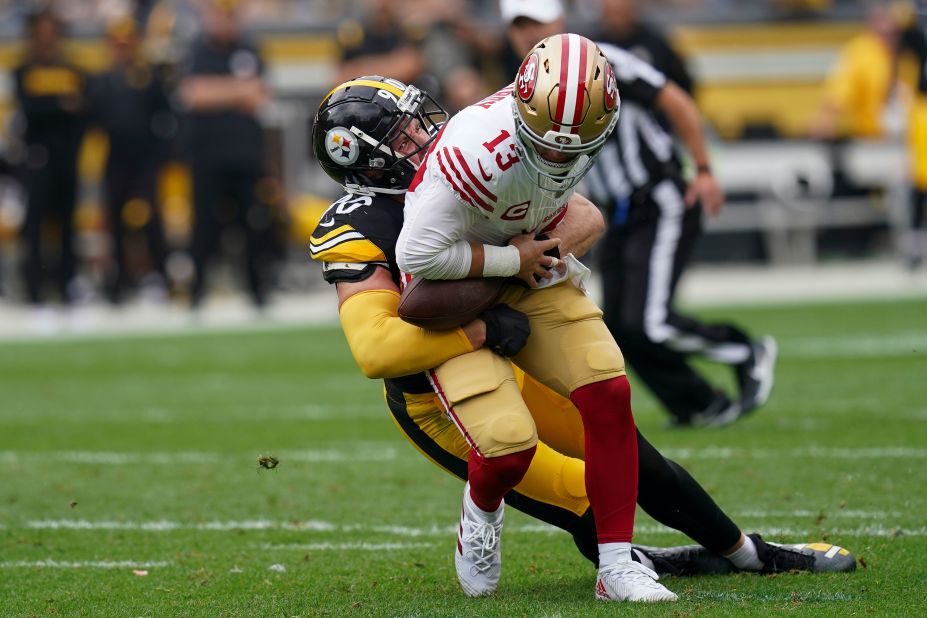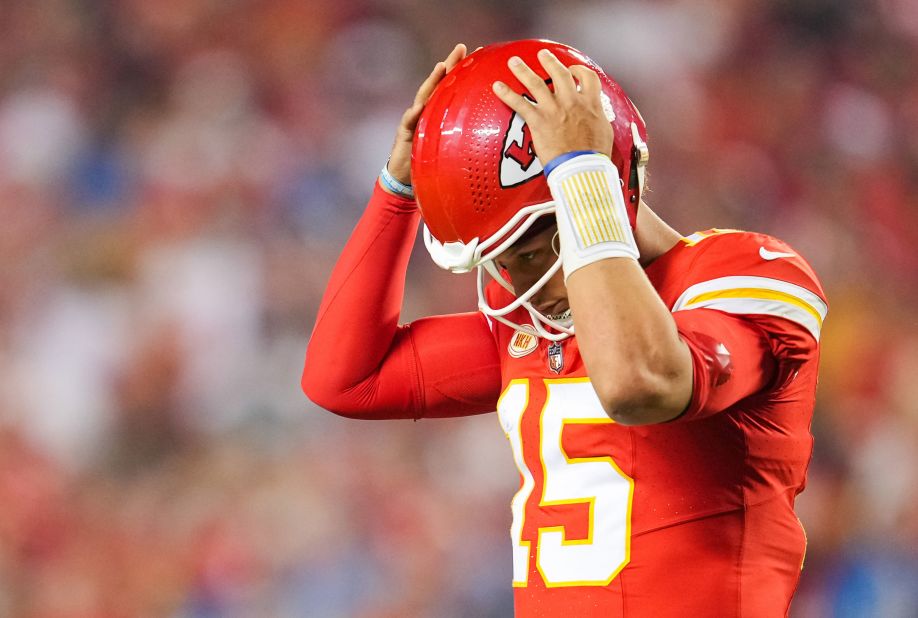CNN
—
As the icicles formed on Andy Reid’s bushy mustache and players huddled around heaters, Kansas City’s freezing weather must have sent shivers down the spines of many onlookers.
Conditions at Arrowhead Stadium during the Kansas City Chiefs’ 26-7 win over the Miami Dolphins were tough for players and coaches to deal with, but even more so for fans: the temperature at kickoff was -4 degrees Fahrenheit with a wind chill of -20 degrees, making it the fourth coldest game in NFL history, CNN has reported.
At the end of the January 13 game, the temperature was -9 degrees and felt like -28 degrees, according to the Peacock broadcast.
While players could run around, use heaters on the sidelines and go to the locker-room at halftime to help deal with the cold, fans were forced to wrap up warm and embrace the elements. But it was still too much for some.
The Kansas City Fire Department (KCFD) rendered aid to 69 people – with “close to 50% … for hypothermia symptoms” – during the game, KCFD battalion chief Michael Hopkins told CNN.
Fifteen of the patients seen were transported by KCFD, “seven for hypothermia symptoms, three for frostbite symptoms, and five for various other reasons,” said Hopkins.
Even the helmet of Chiefs quarterback Patrick Mahomes broke in the tundra like conditions. Mahomes later referenced the cold’s effect, particularly on both his broken helmet and replacement.
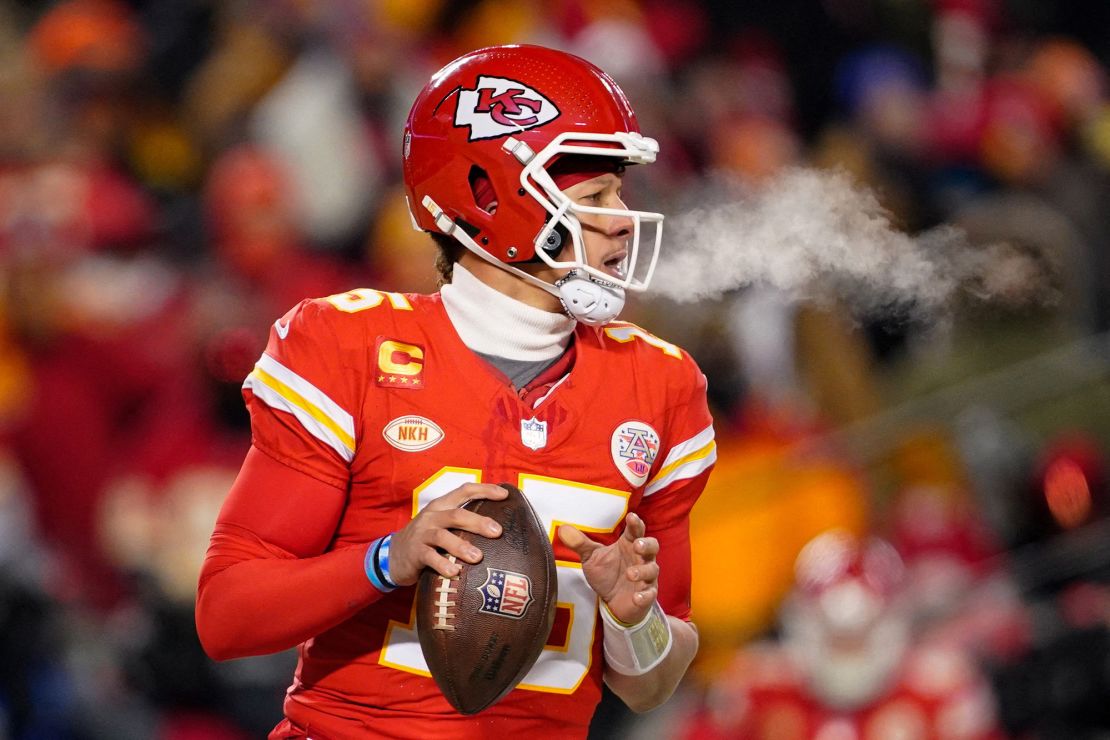
While the Buffalo Bills’ game with the Pittsburgh Steelers – originally scheduled for Sunday, January 14 – was postponed for heavy snow and blizzard conditions, action in Missouri still went ahead despite the arctic temperatures.
“Extreme temperatures are the deadliest weather in the US each year – now that’s hot and cold,” Marshall Shepherd, who is director of the atmospheric sciences program at the University of Georgia, told CNN Sport.
“And the point being is that we often don’t see the same level of risk aversion to extreme temperature events in the same way that we might see for a landfalling hurricane or a tornado barreling through a community of homes.
“So I think that the conditions in Kansas City were extremely dangerous. And I would like to see a rethinking of those types of events when we’re seeing temperature wind chills well below zero (Fahrenheit).
“I think there are inherent immediate dangers to fans that may be there, any workers, stadium workers, parking lot attendants and so forth.”
The best photos from the 2023 NFL season
NFL’s cold-weather game day protocol
When snowy or cold weather is expected ahead of games, a snow-removal plan is required for each home club by the NFL. Snow and ice must be removed from stadiums before each game, according to the NFL’s game operations policy manual.
“This applies to the field, stands/seats, aisles, pedestrian ramps, walkways, parking lots, etc. This also applies to the sidelines,” the manual says.
The league’s policy states that, if there’s any chance of precipitation, fields must be covered with tarps on the day and night before a game.
“If weather dictates, heated benches must be available to both teams and activated two hours prior to kickoff,” according to the league’s rules.
However, there is nothing in NFL guidelines which suggests that, if the weather drops below a certain point, the game should be postponed. The NFL protocol also doesn’t include guidances on fans in extreme temperatures.
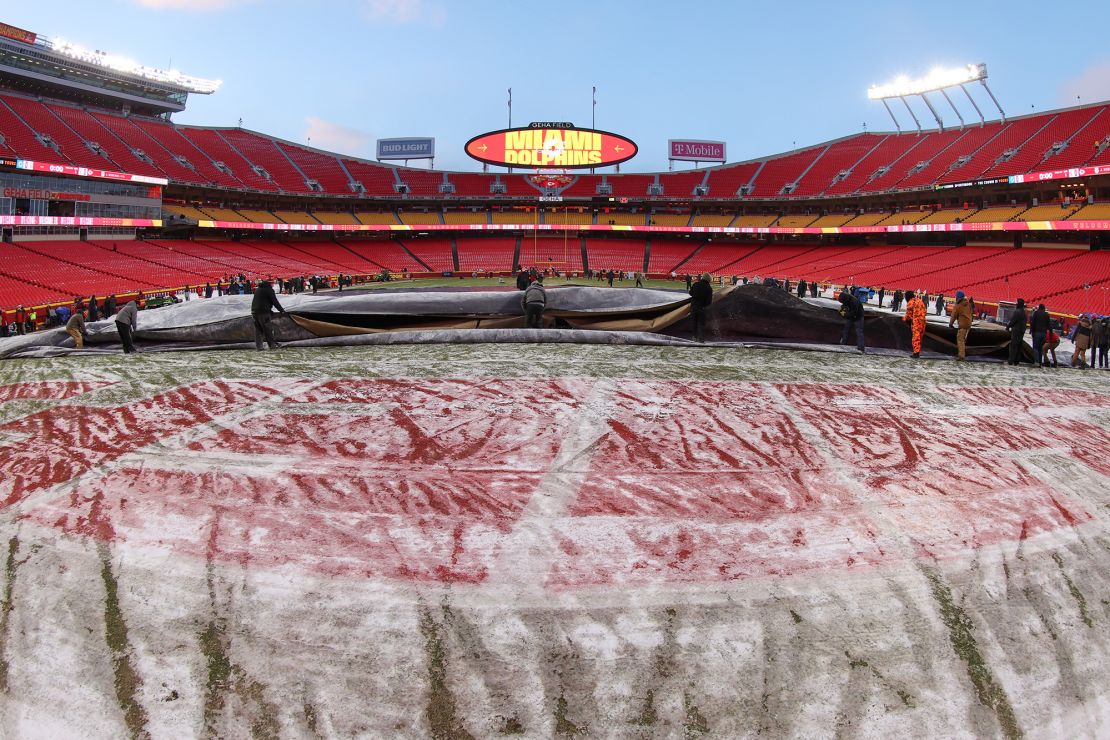
However, extreme temperatures need to be taken more seriously by all involved, said Shepherd, who explained that temperatures are underappreciated because they are not “telegenic or [don’t] seem to be a dynamic, sort of in-your-face type of a weather event, like a lightning strike or tornado or a hurricane,”
“Oftentimes, we see record heat, 100-plus degree heat and high humidity and yet people will go and run a 10k or mow their lawn or exert themselves in ways that they probably shouldn’t,” Shepherd said.
“I emphasize that there are multiple streams of evidence that in the US (which say that) the deadliest weather is not a lightning strike or hurricanes or tornadoes. It’s extreme temperatures.”
What can be done
For the Chiefs-Dolphins game, Kansas allowed spectators to bring blankets into Arrowhead Stadium, and there were warming stations and hot chocolate available to purchase. Even so, a small number of fans still suffered from hypothermia or frostbite.
“The real issue with Buffalo was more the snow and the lake effect snow event that happened. Kansas City sticks in the middle of the US,” said Shepherd, explaining why the cold in Kansas City was different to that in Buffalo.
“When you’re landlocked away from large bodies of water, and you have an arctic plunge of air, typically that air in the middle part of our country can, in these types of weather systems, plummet rapidly. That’s why we were seeing such extreme conditions.”
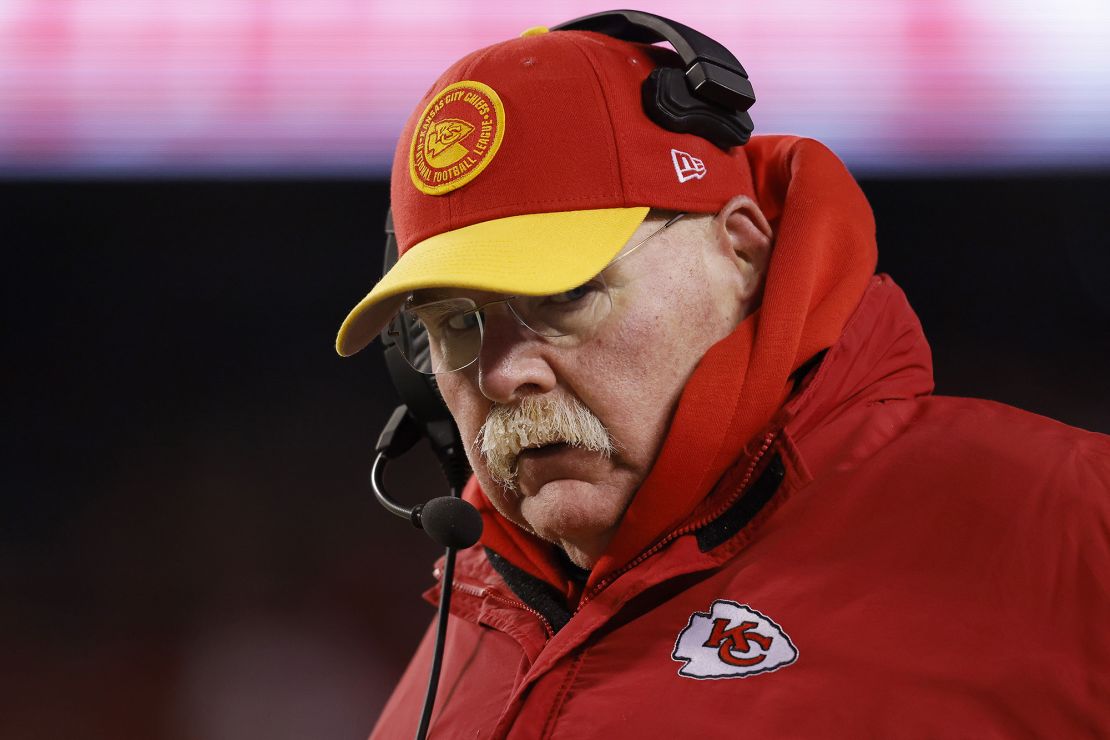
Shepherd said that the polar vortex – a “strong band of winds in the Arctic region up in the stratosphere” which locks up cold air over the North Pole – can “allow extremely cold Arctic air to ooze into the US like pancake syrup” when its disrupted, “because cold air is much more dense”
He added: “The origins of that air mass were Arctic. Oftentimes in the winter we get colder air masses that perhaps may come from parts of Canada. But this air was kind of extending from the coldest parts in the Arctic region.”
In such conditions, the risk of hypothermia and frostbite increases dramatically.
Besides wearing warm clothing, Shepherd said that there are protective measures that could be implemented for fans in attendance at games like the one in Kansas City, such as heating stations.
He also hypothesized that, if temperatures drop below a certain level and are paired with a wind chill, fans perhaps should be barred from attending games to protect them, referencing sport’s return to action during the Covid-19 pandemic.
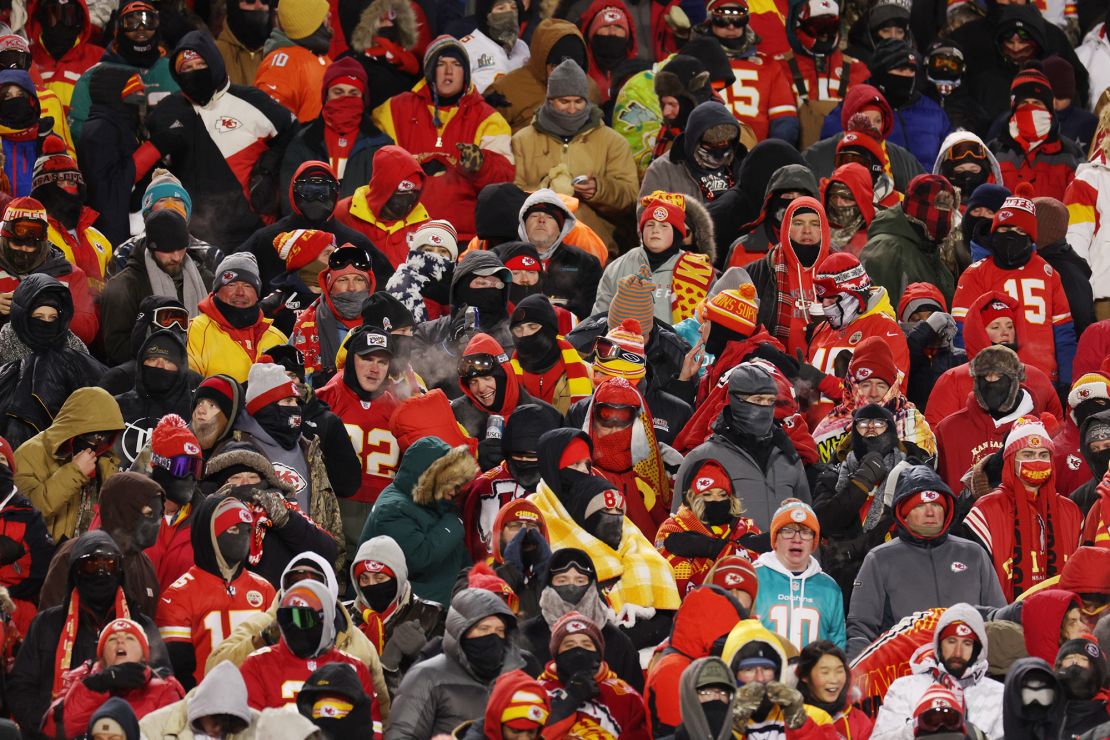
“For some time, many sporting events played before empty stadiums because there was still a risk associated with Covid,” he said. “Well, I would argue that we might have been in a very similar scenario. Perhaps play the game, but I personally think it was too cold for paying fans to be seated in the stands.”
The playing of the Chiefs-Dolphins game has prompted some fans to suggest that the NFL should move matches that are likely to be played in freezing conditions to earlier in the day, or to stadiums with domes.
However, other fans who attended the game said on social media that they felt safe because of the preparations they had made beforehand.
One fan wrote on Facebook: “I was at the game but I didn’t even get a cough, the cold weather isn’t why people got sick, people got sick because they didn’t heed the warnings to dress up properly.”
CNN has reached out to the NFL for comment, asking if the league has considered reviewing its cold-weather policy.
The Chiefs will have to play in cold conditions for their next playoff game against the Bills this weekend, with Buffalo once again putting the request out for volunteers to help shovel snow in their Highmark Stadium.
It’s unclear whether the Chiefs’ game will lead to any change in the NFL’s protocols in relation to extreme temperatures – as human-caused climate change worsens extreme weather – but it gave a stark reminder of the challenges faced by both fans and players alike to be a part of the game they love.



